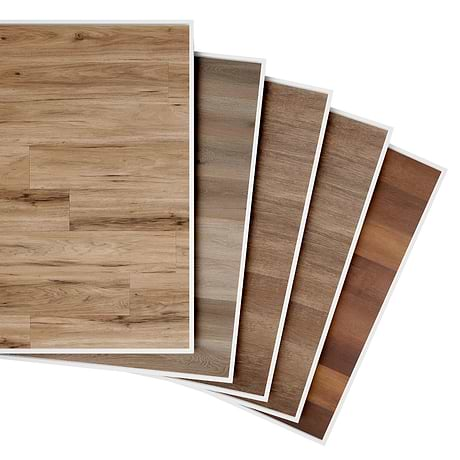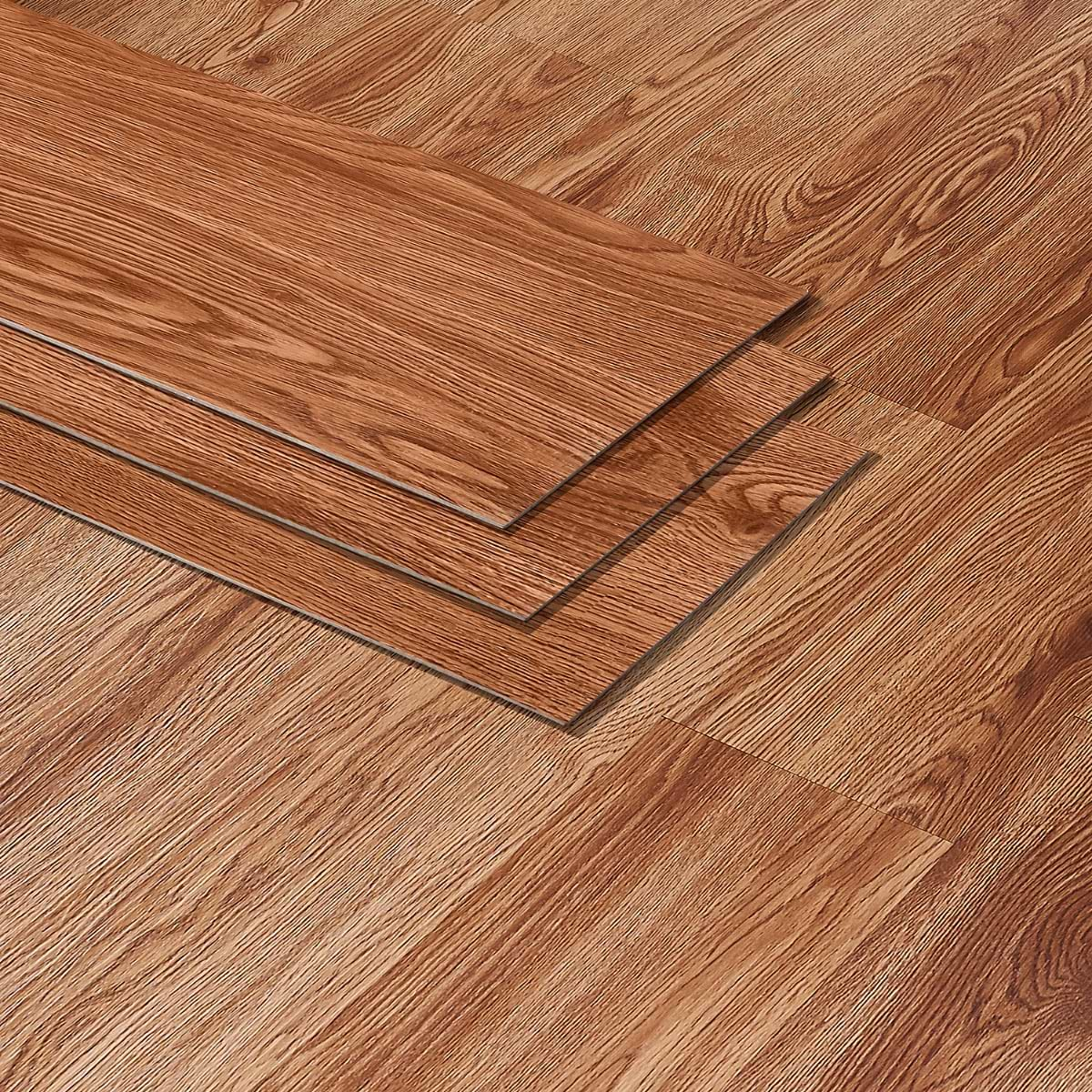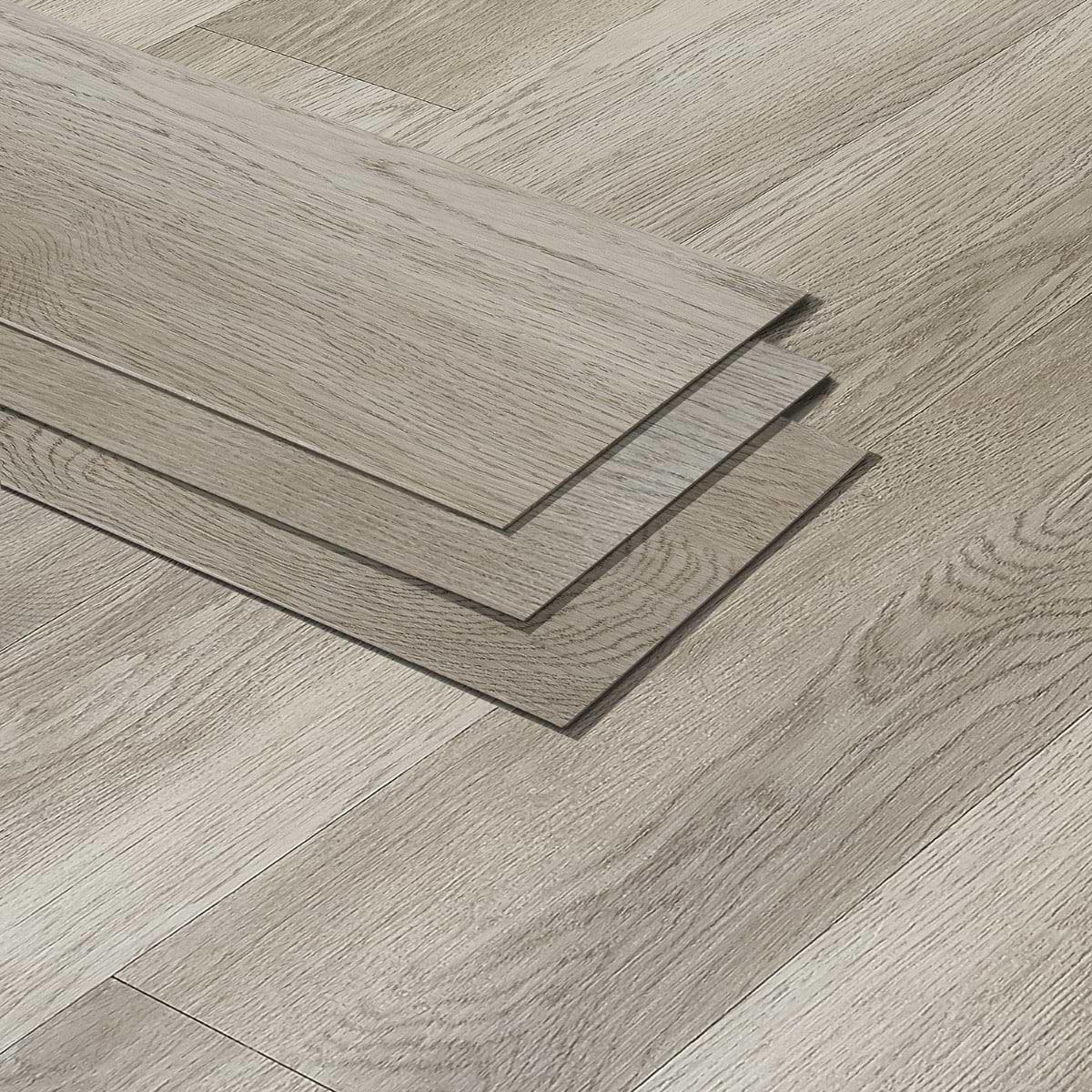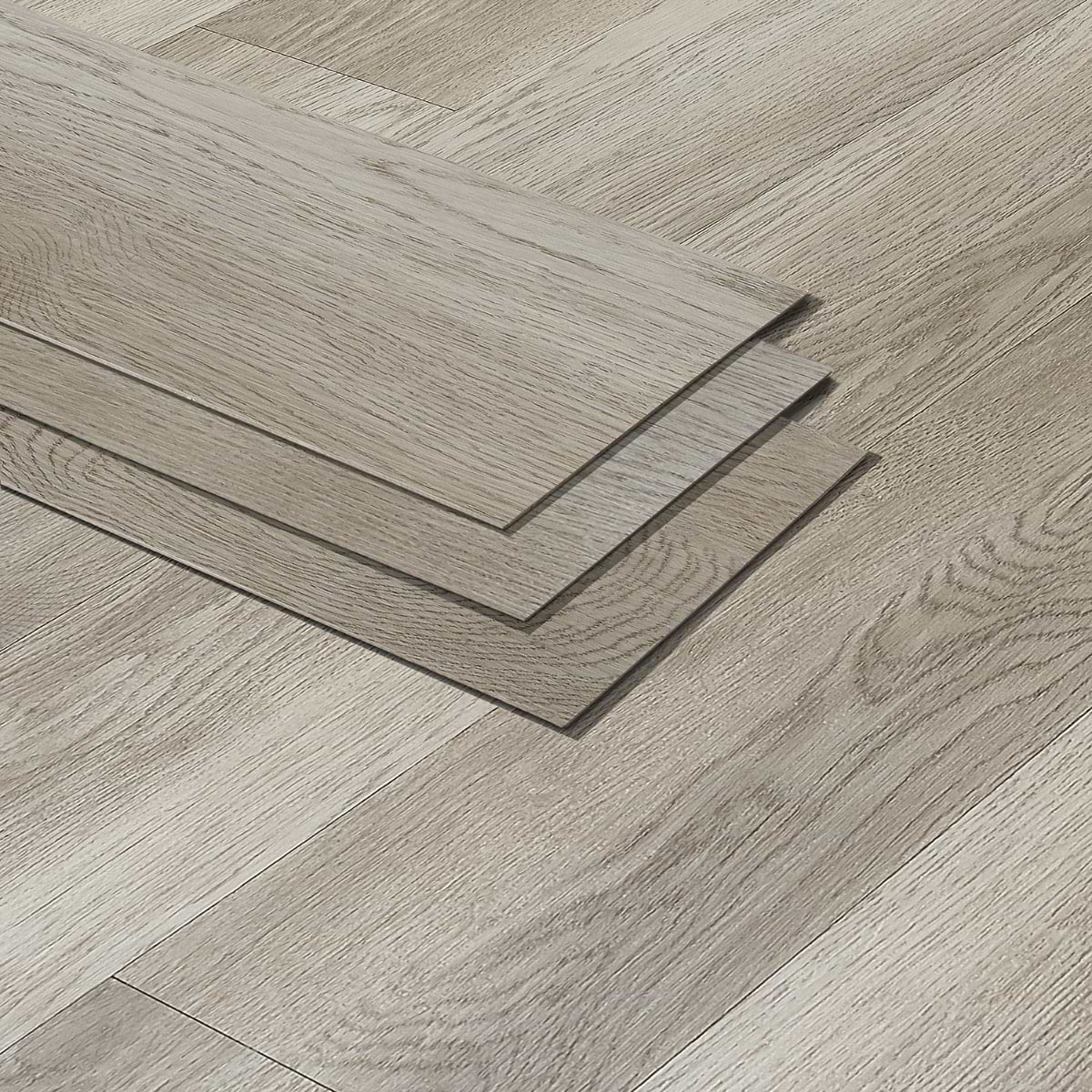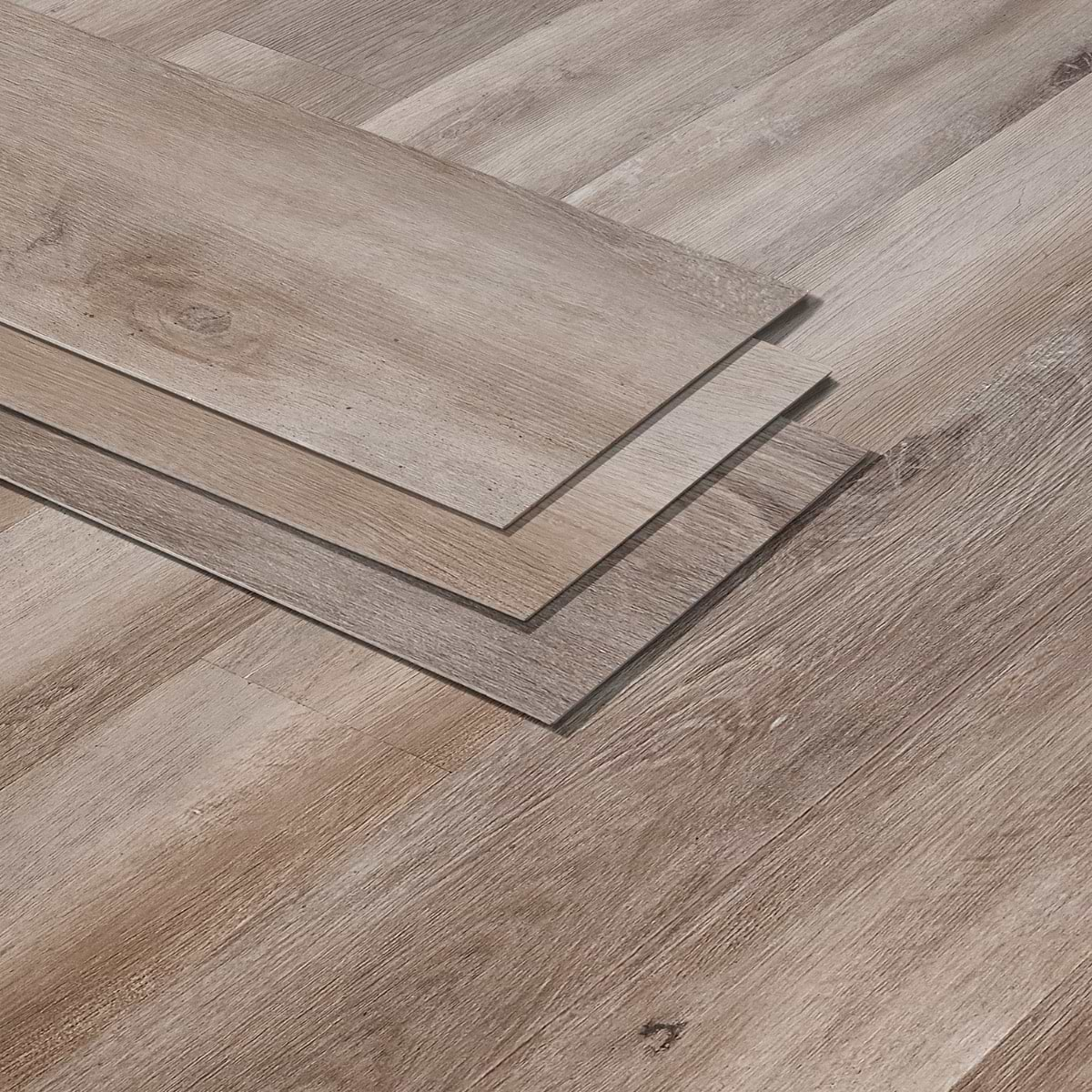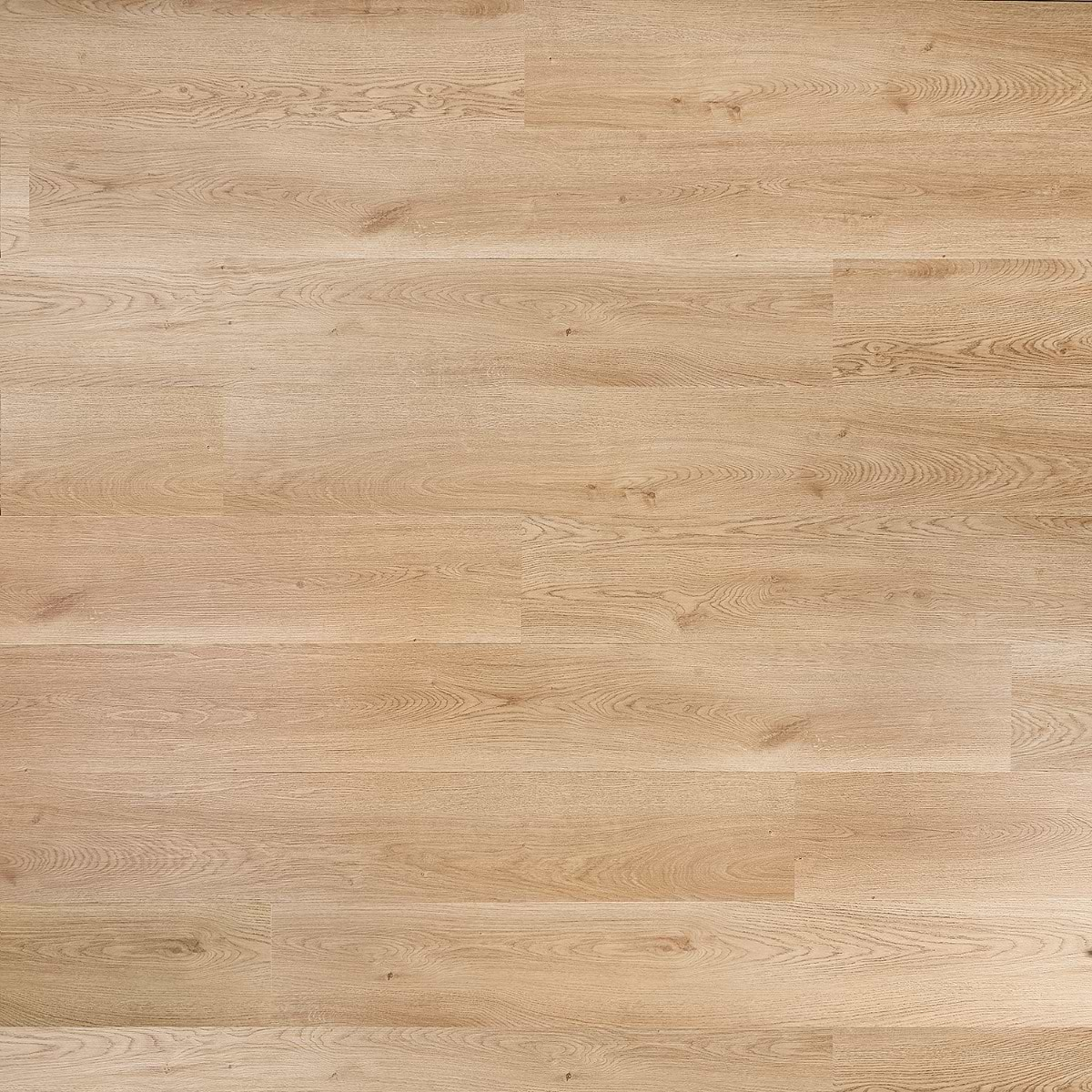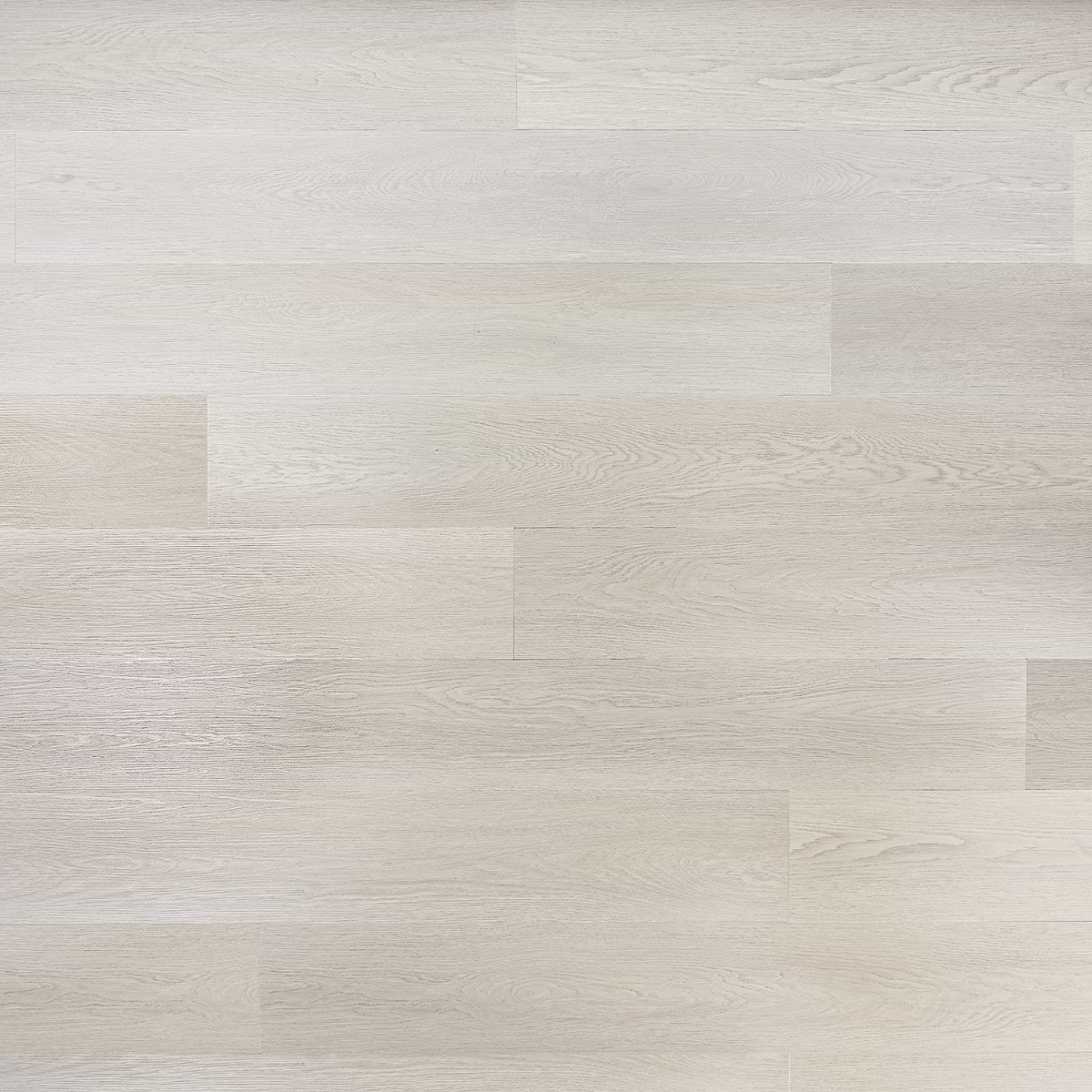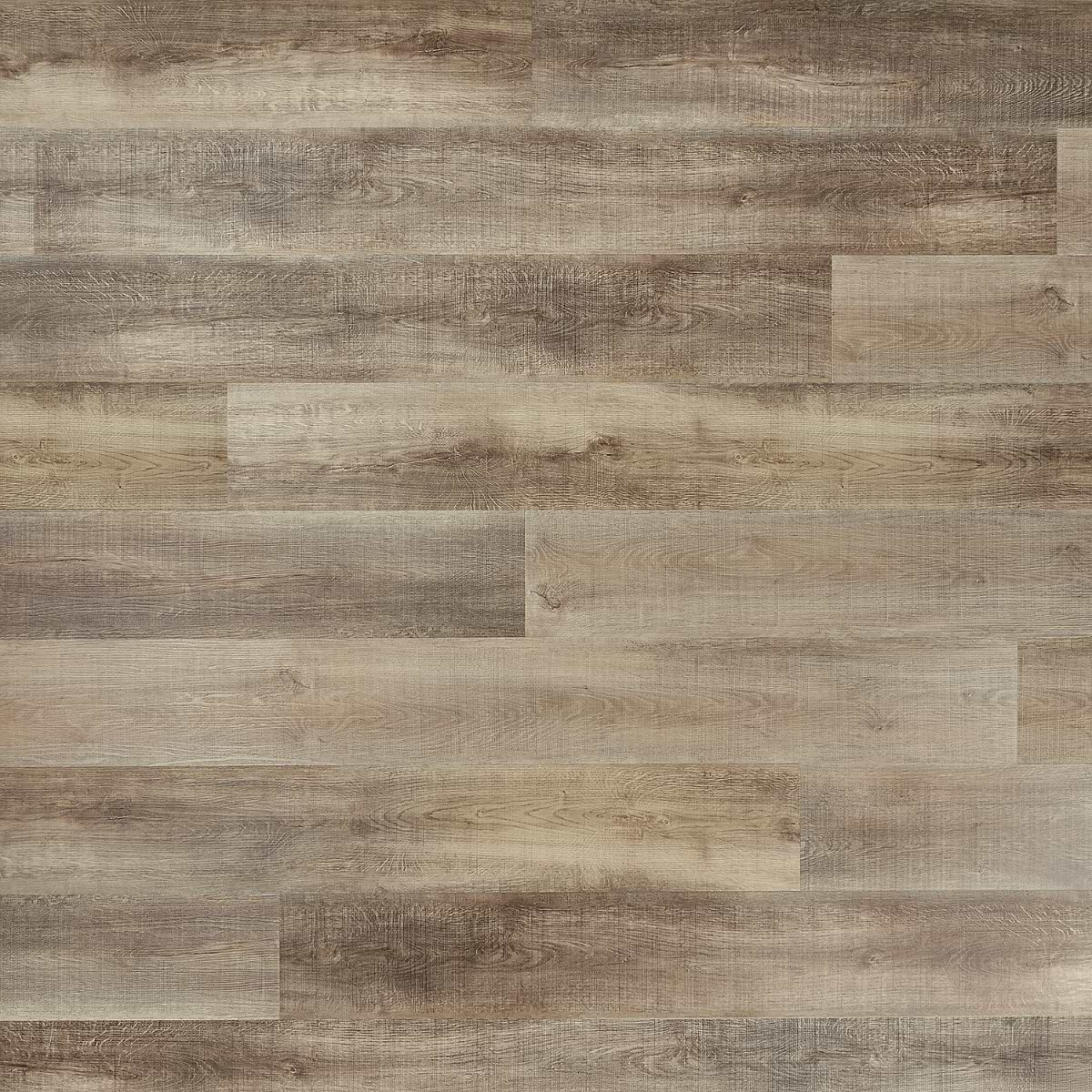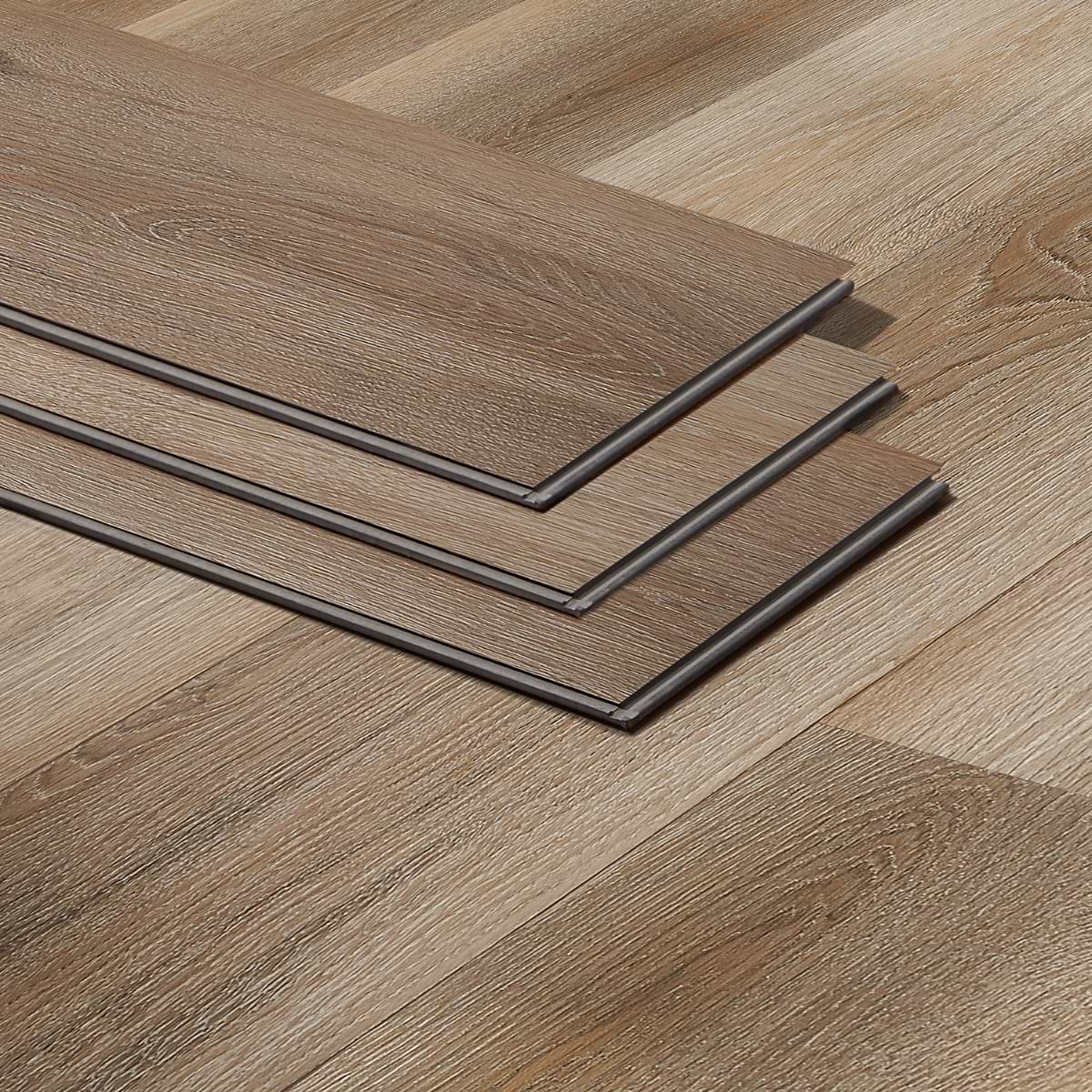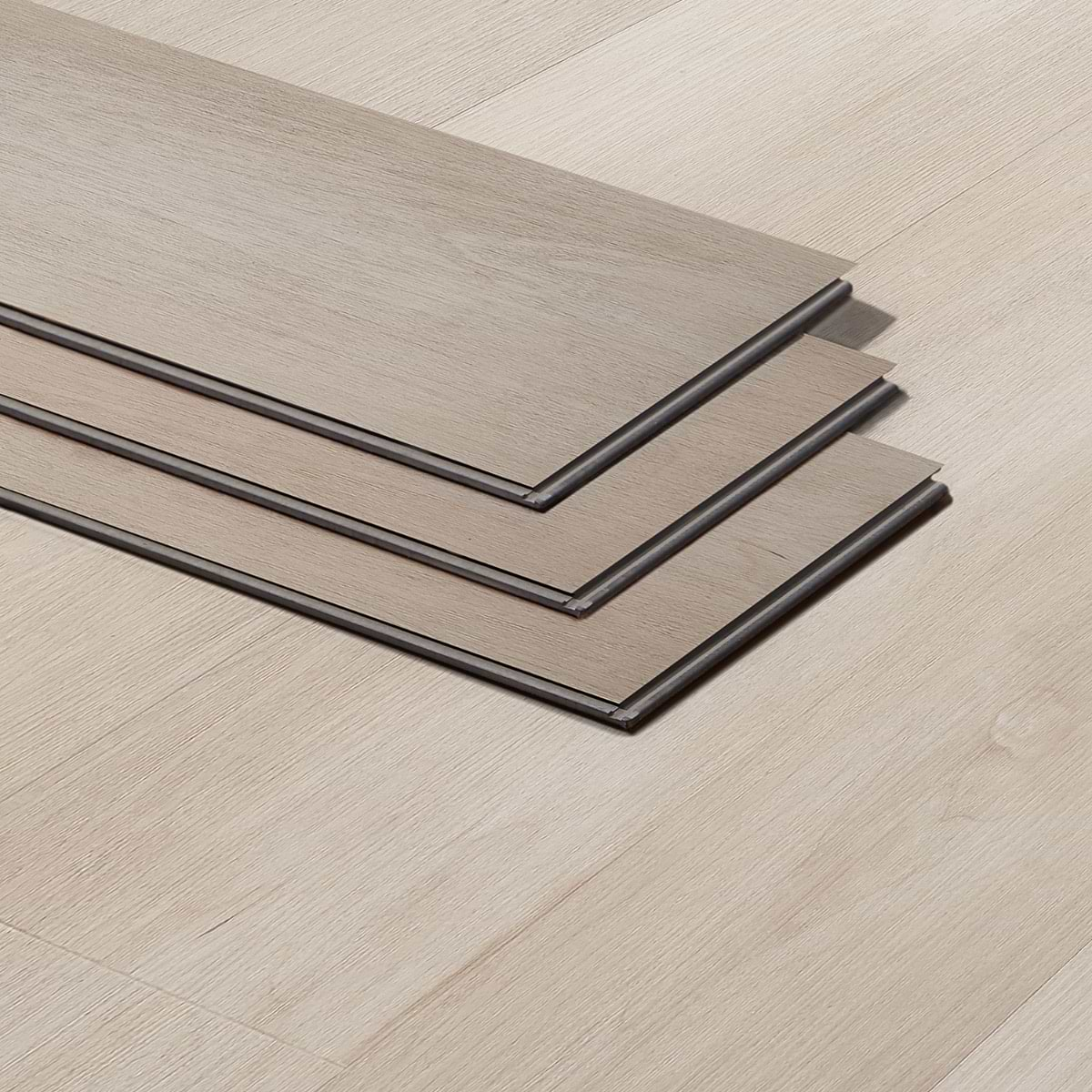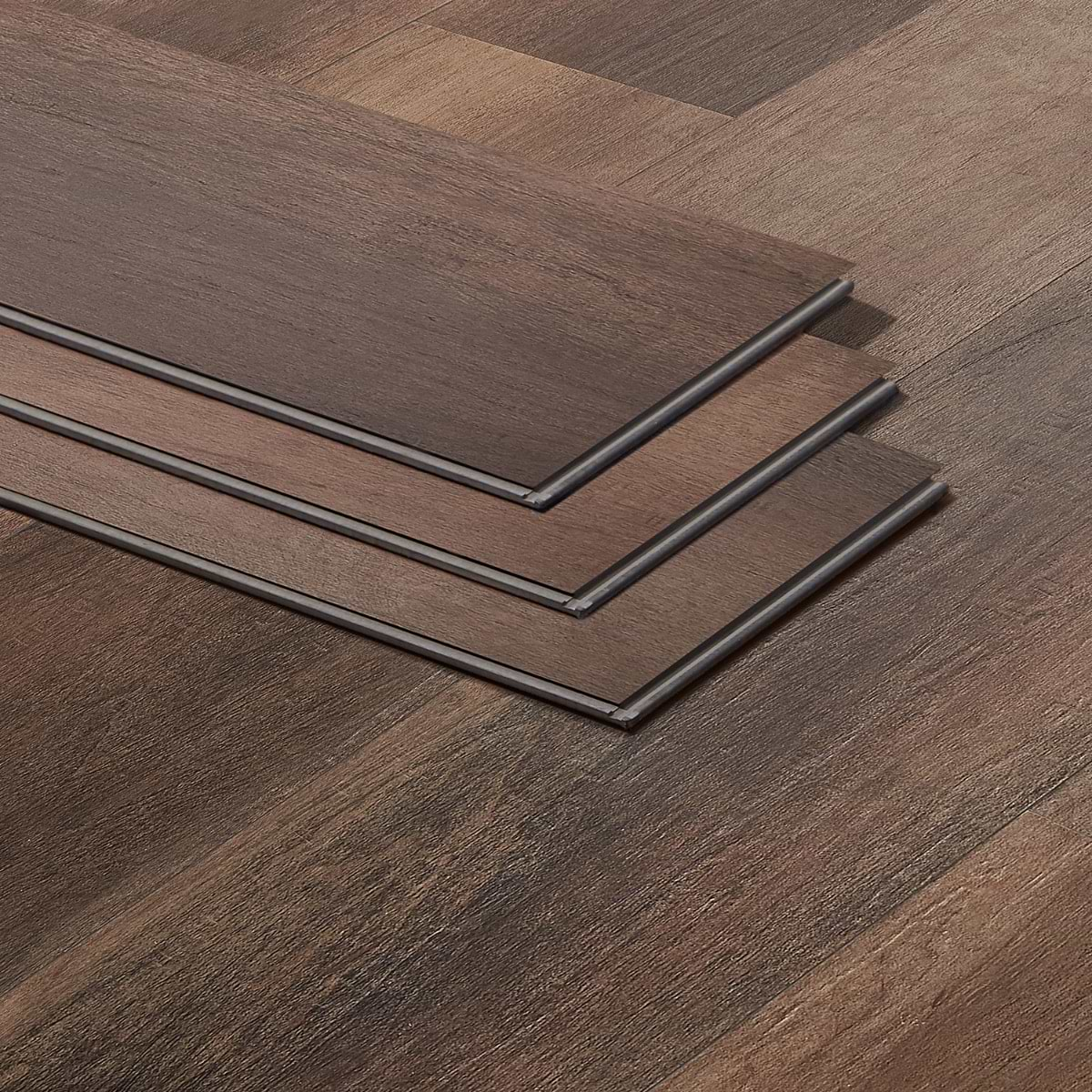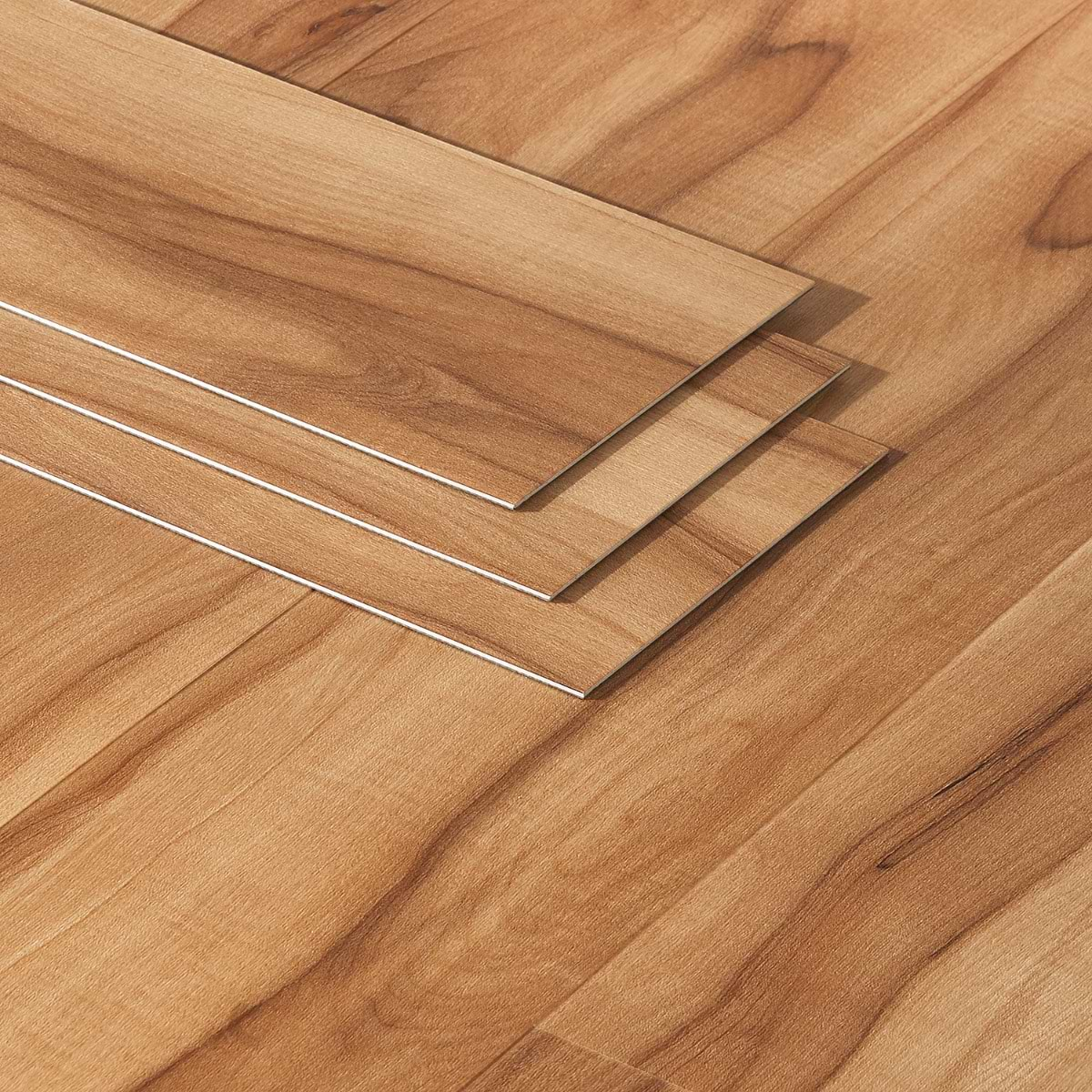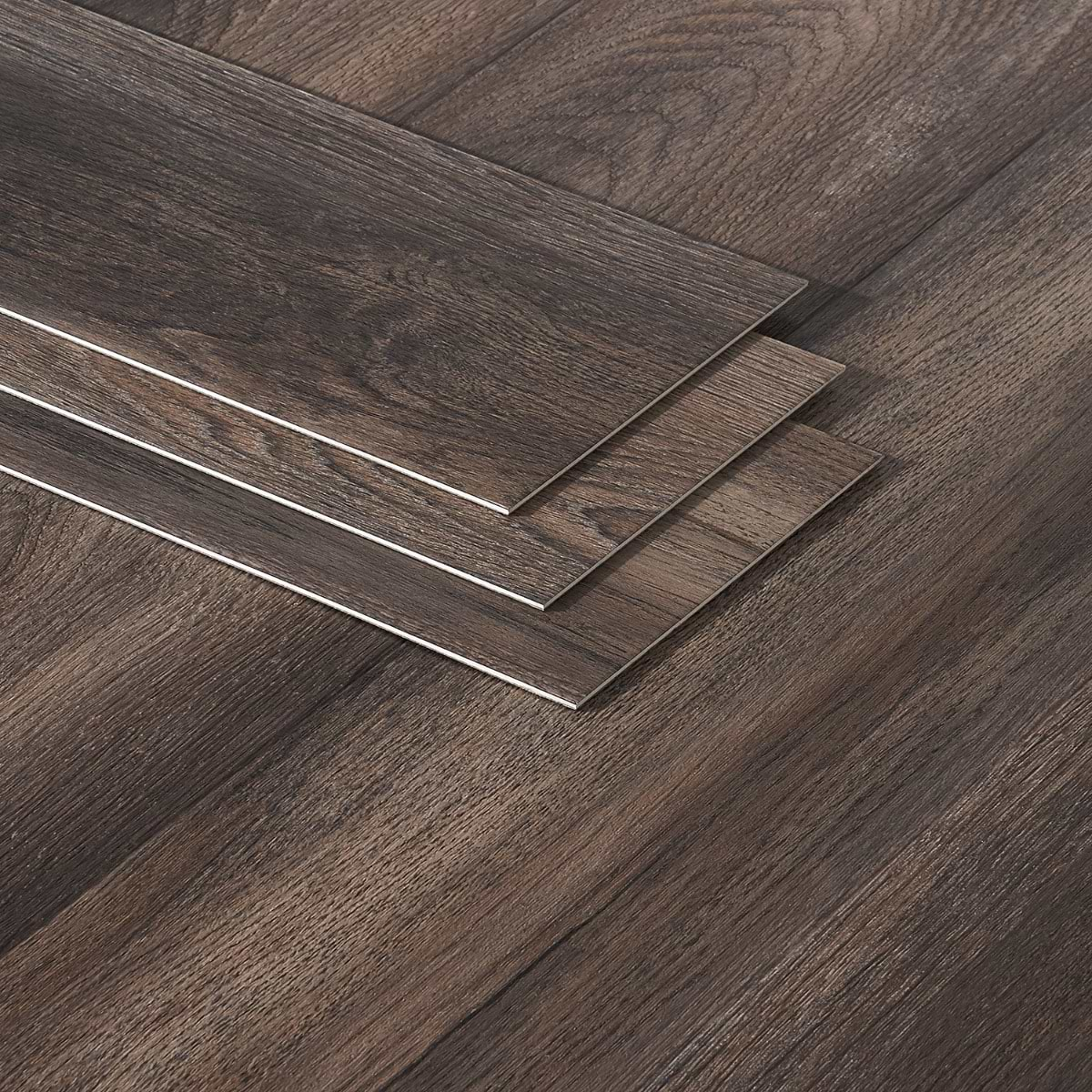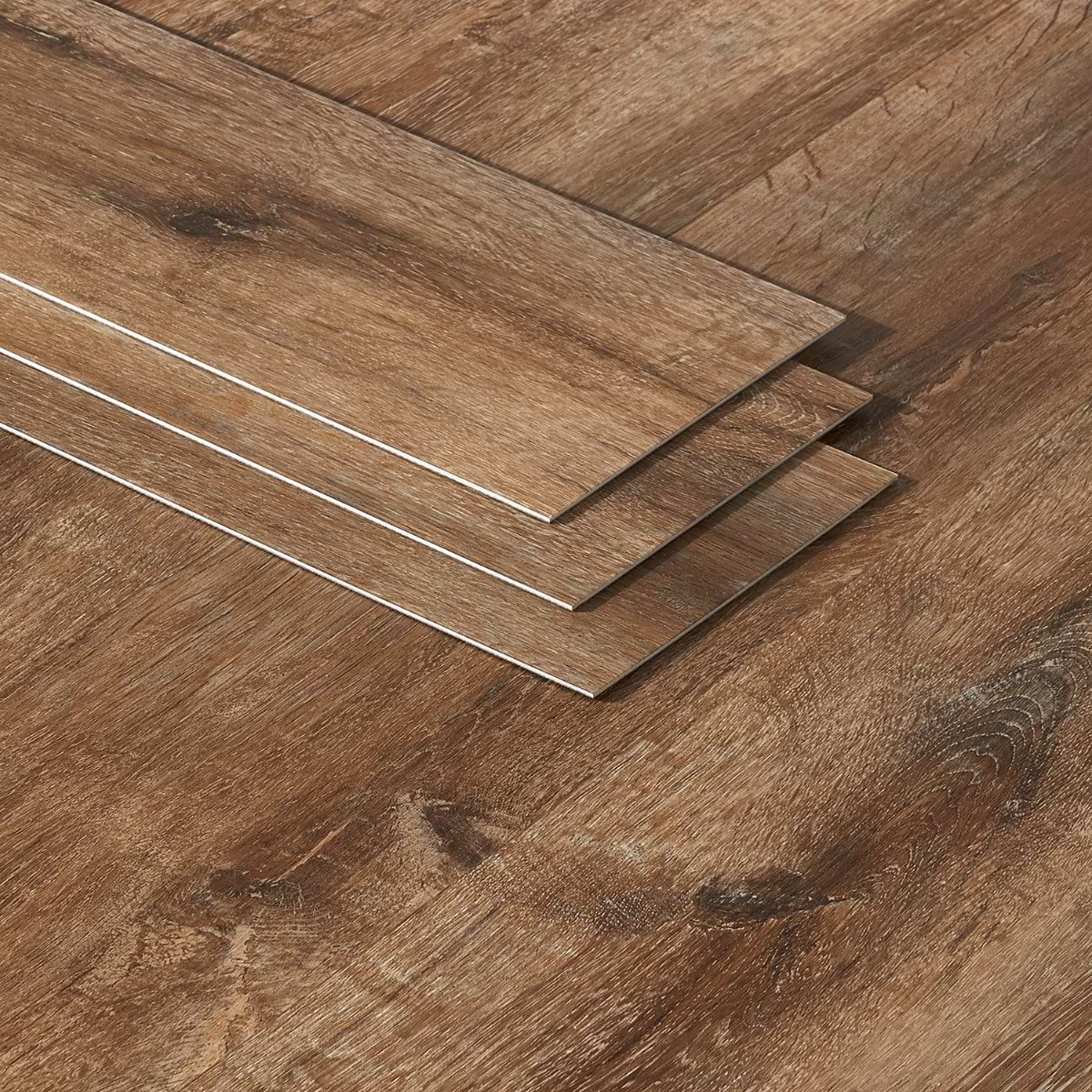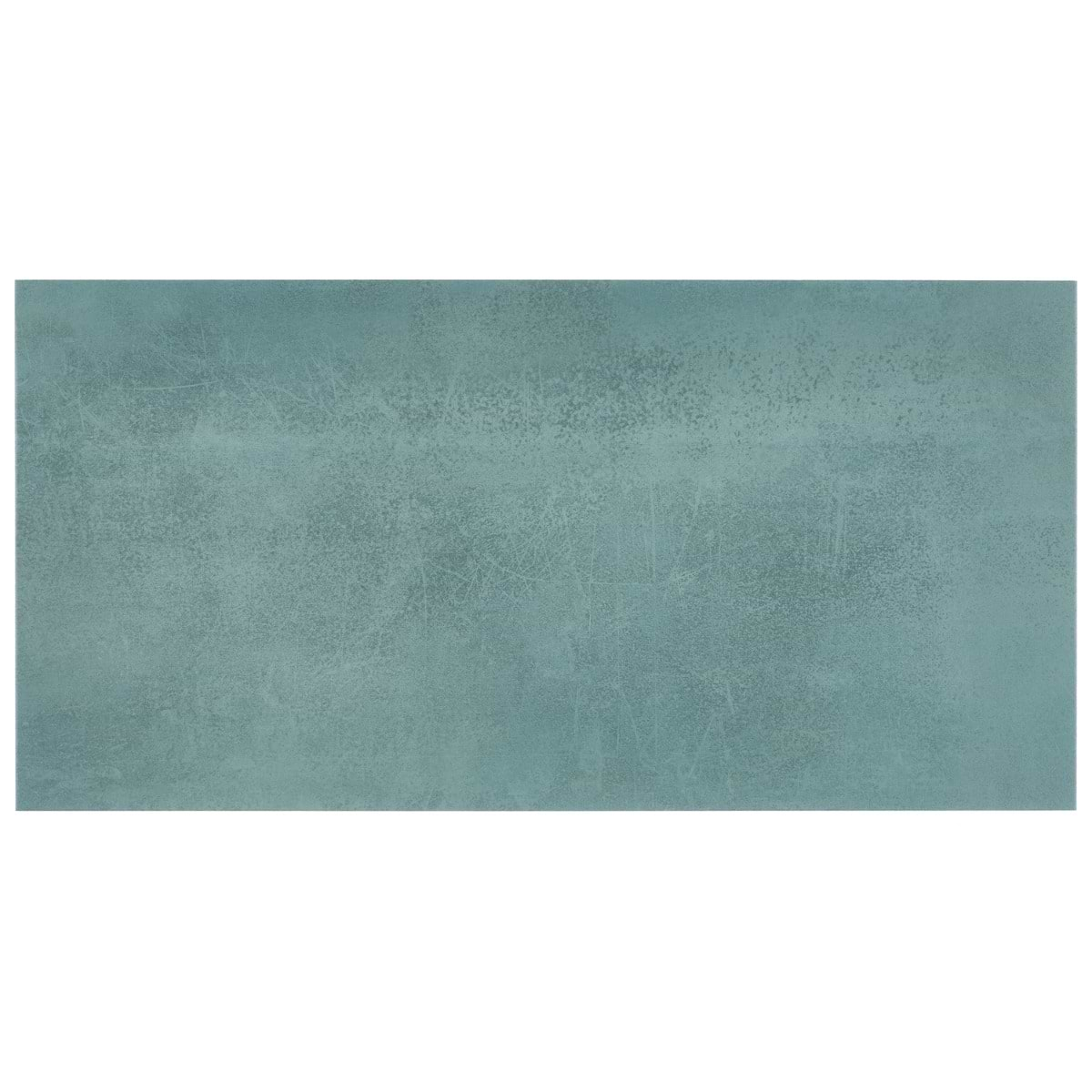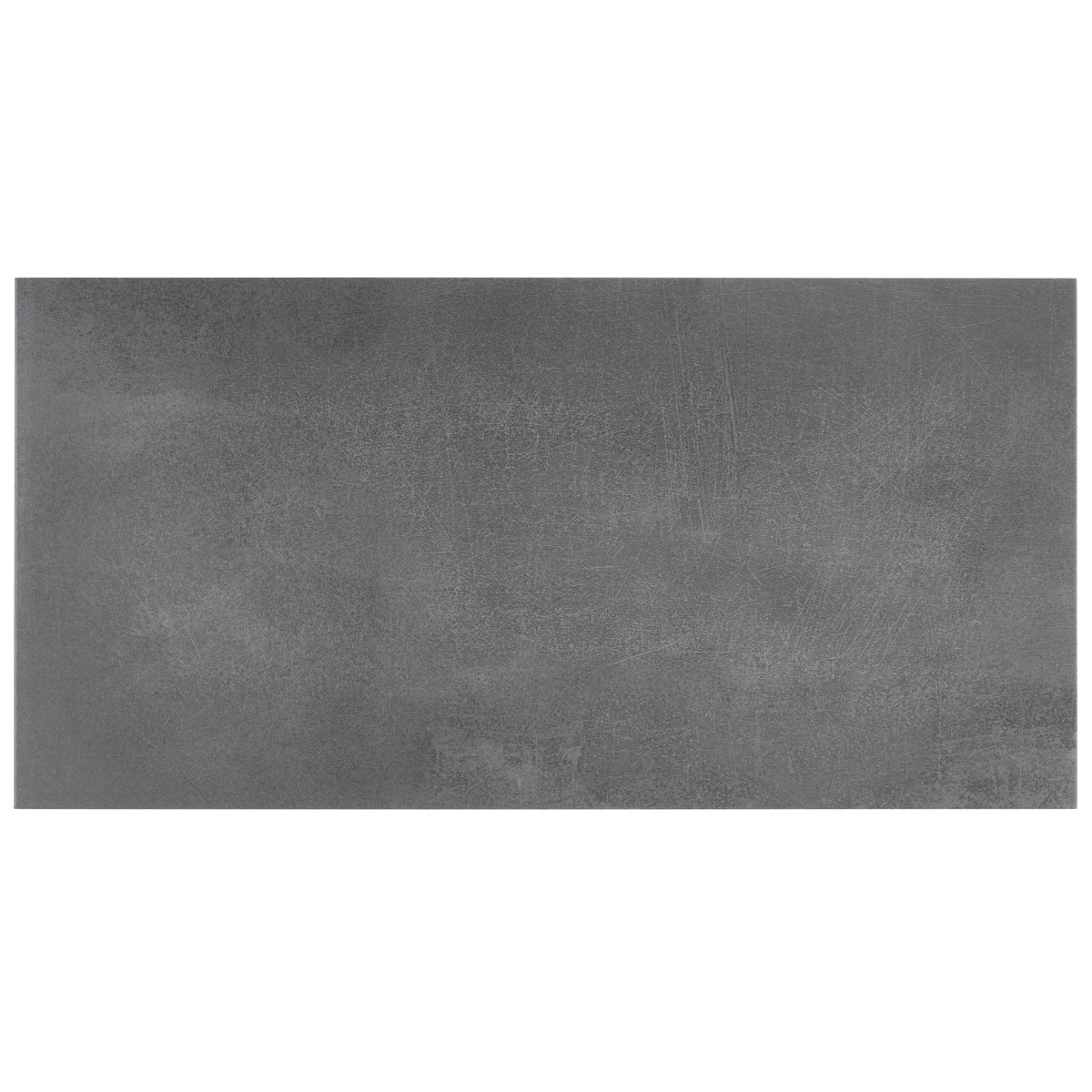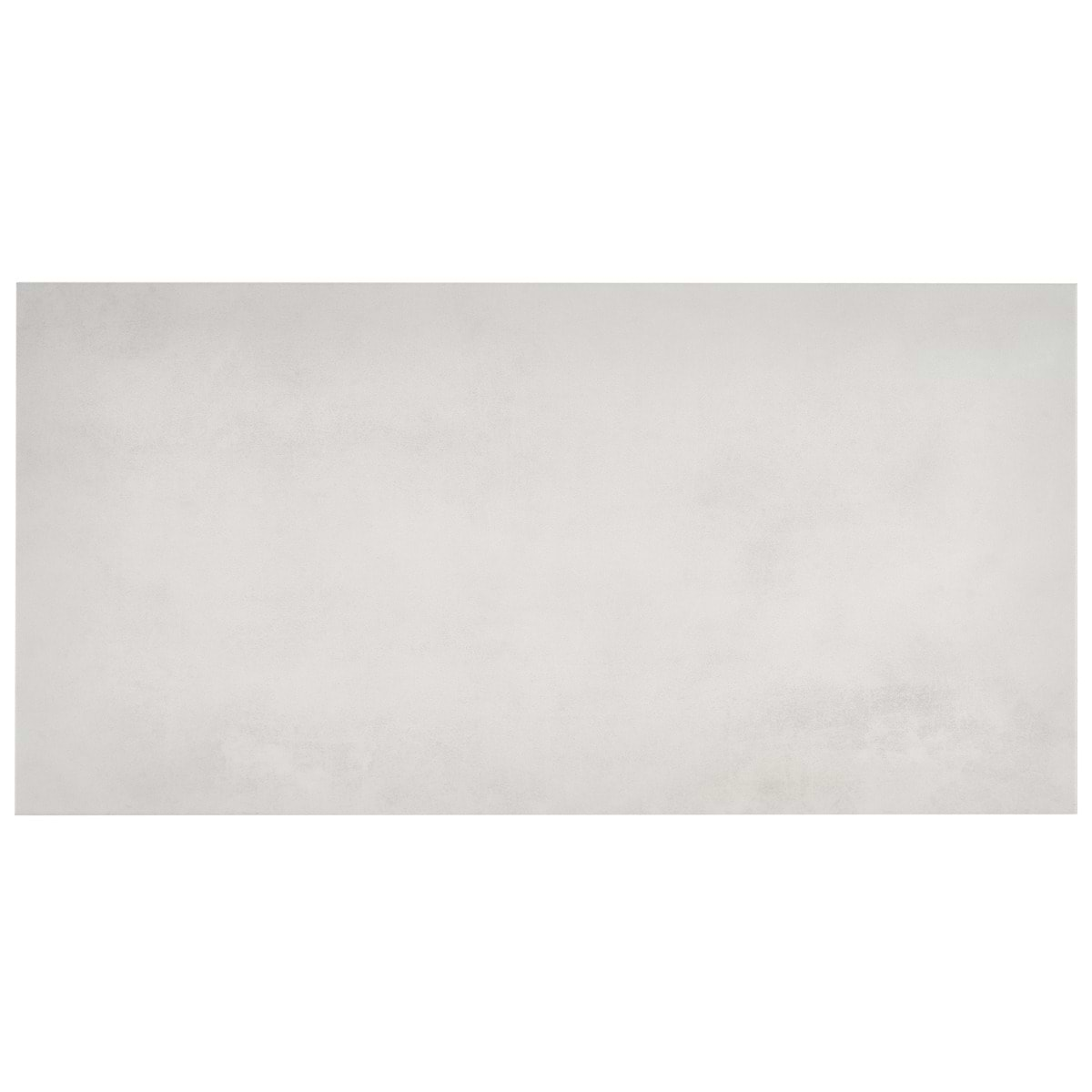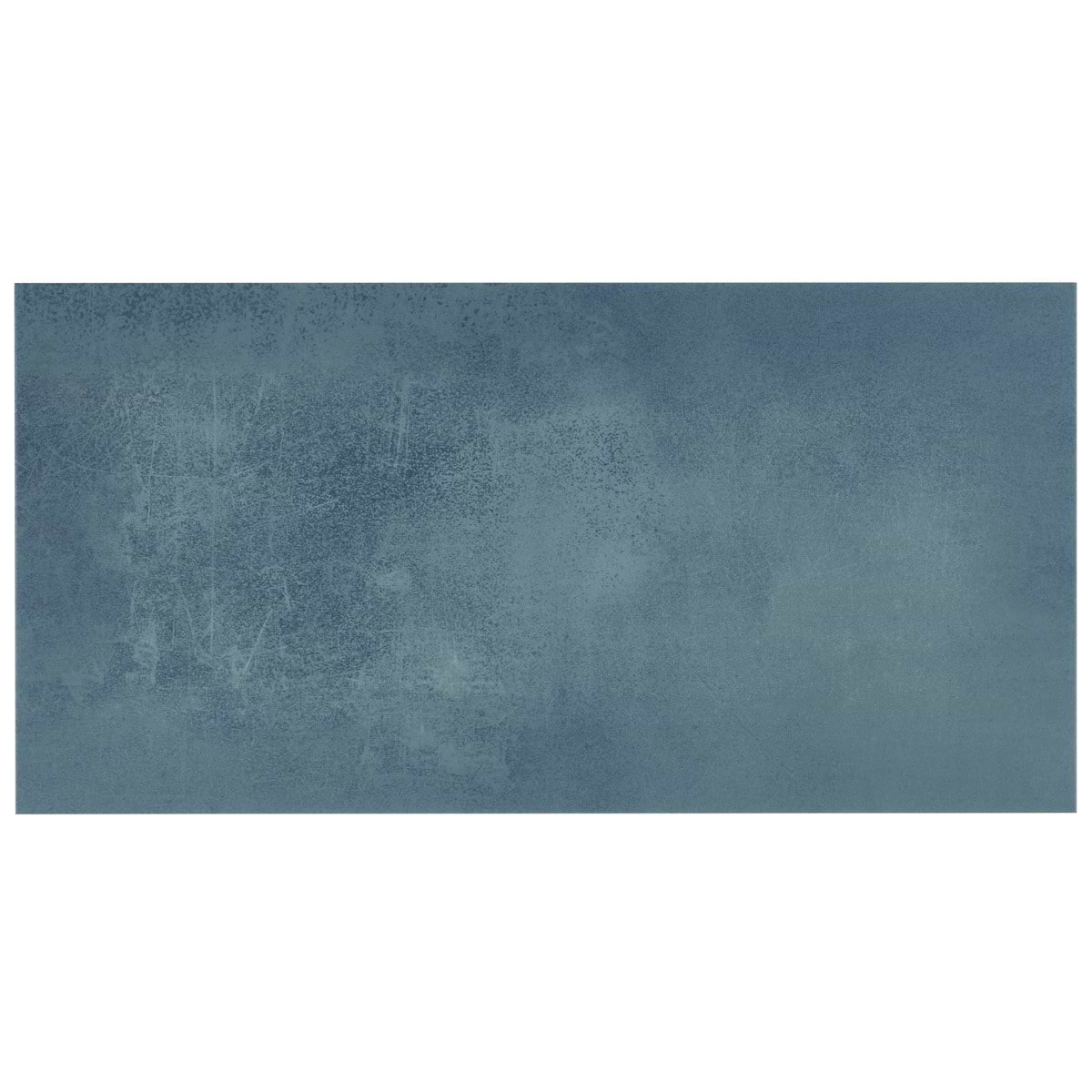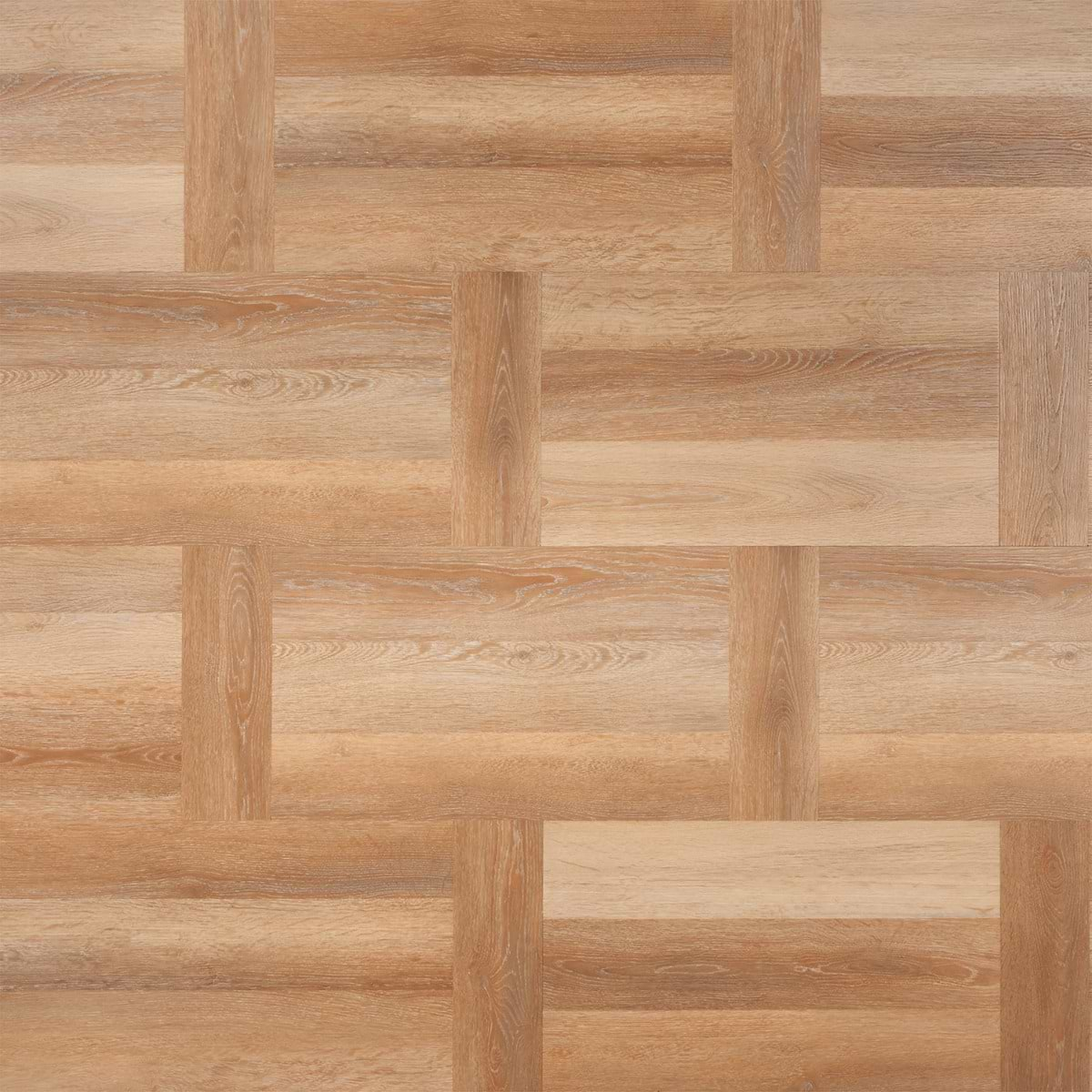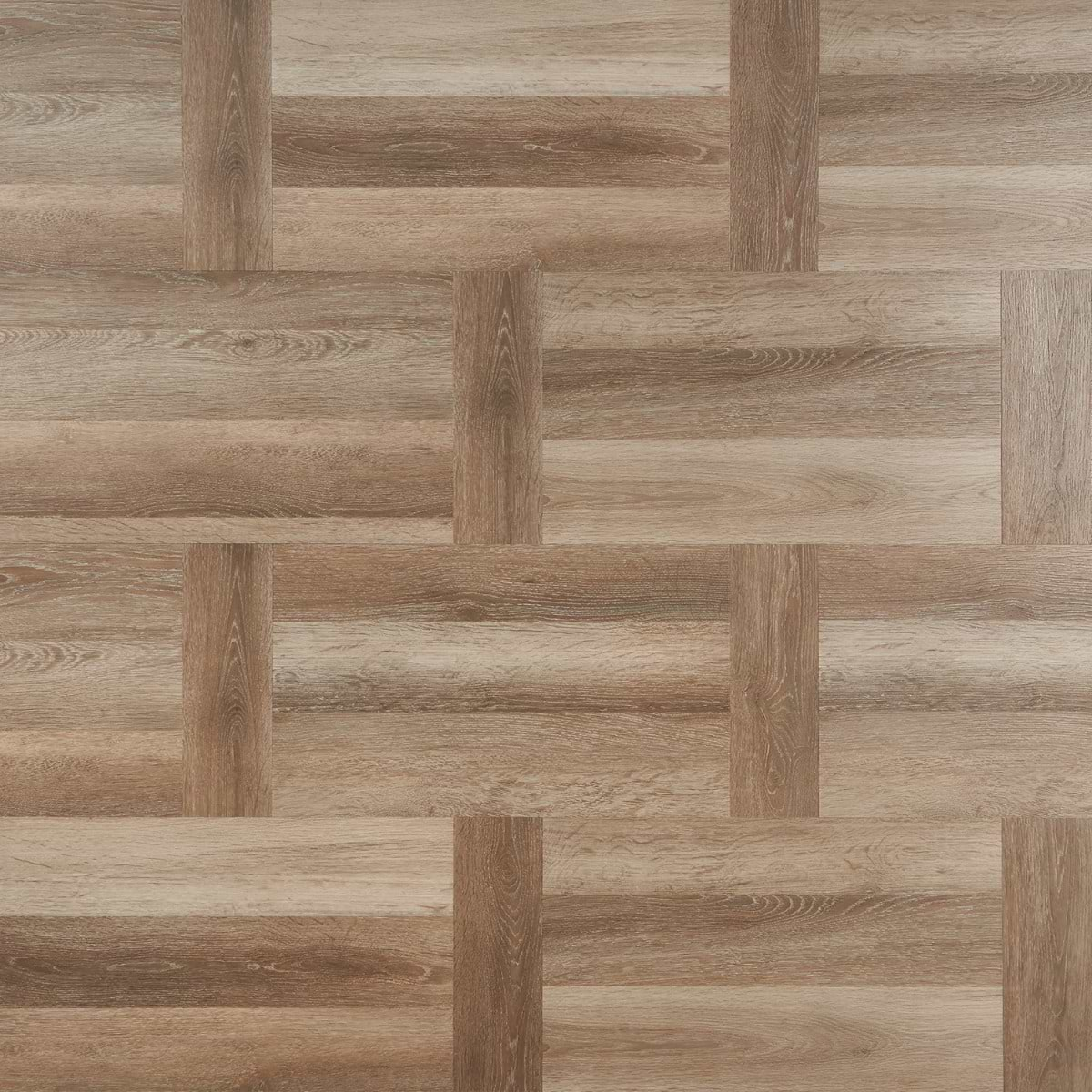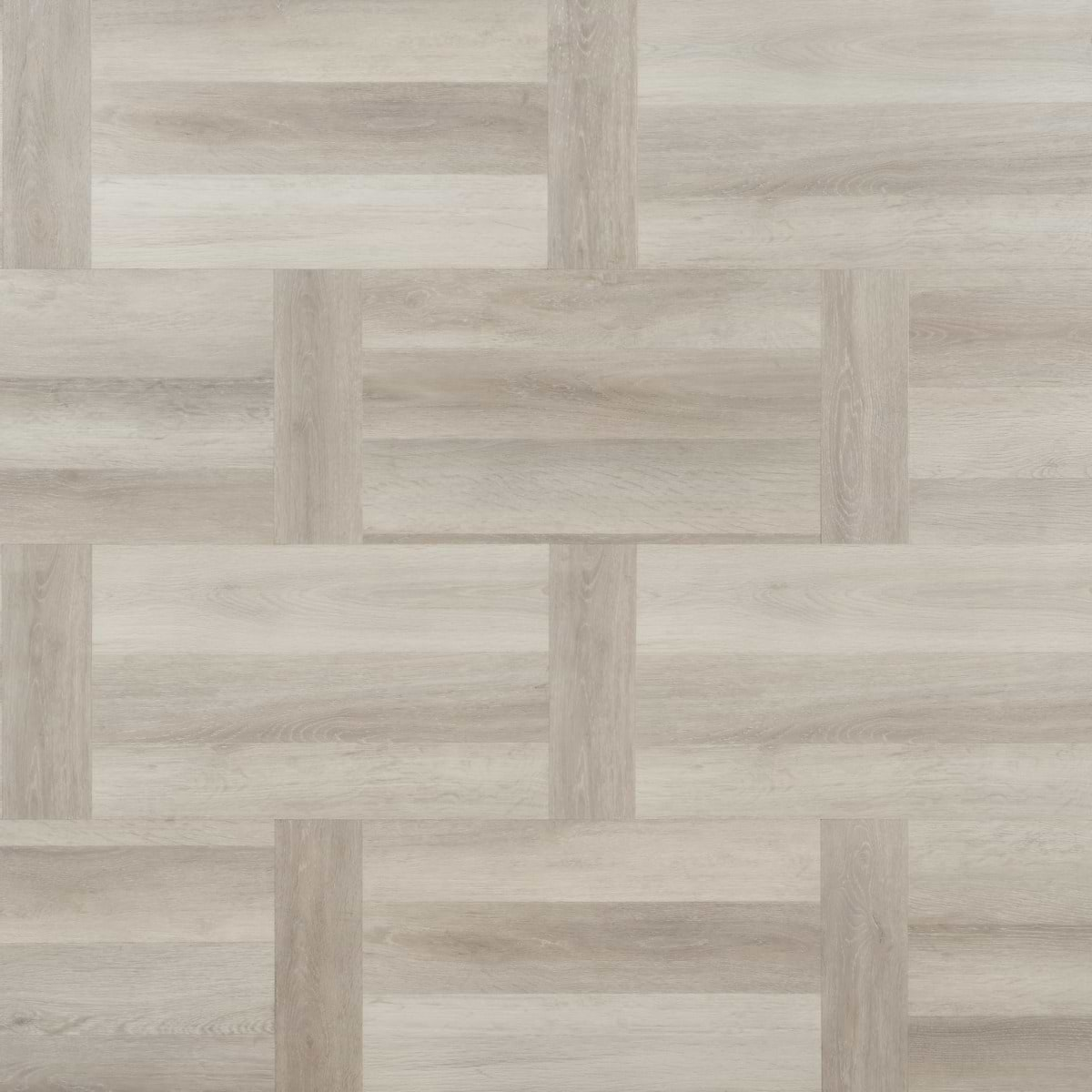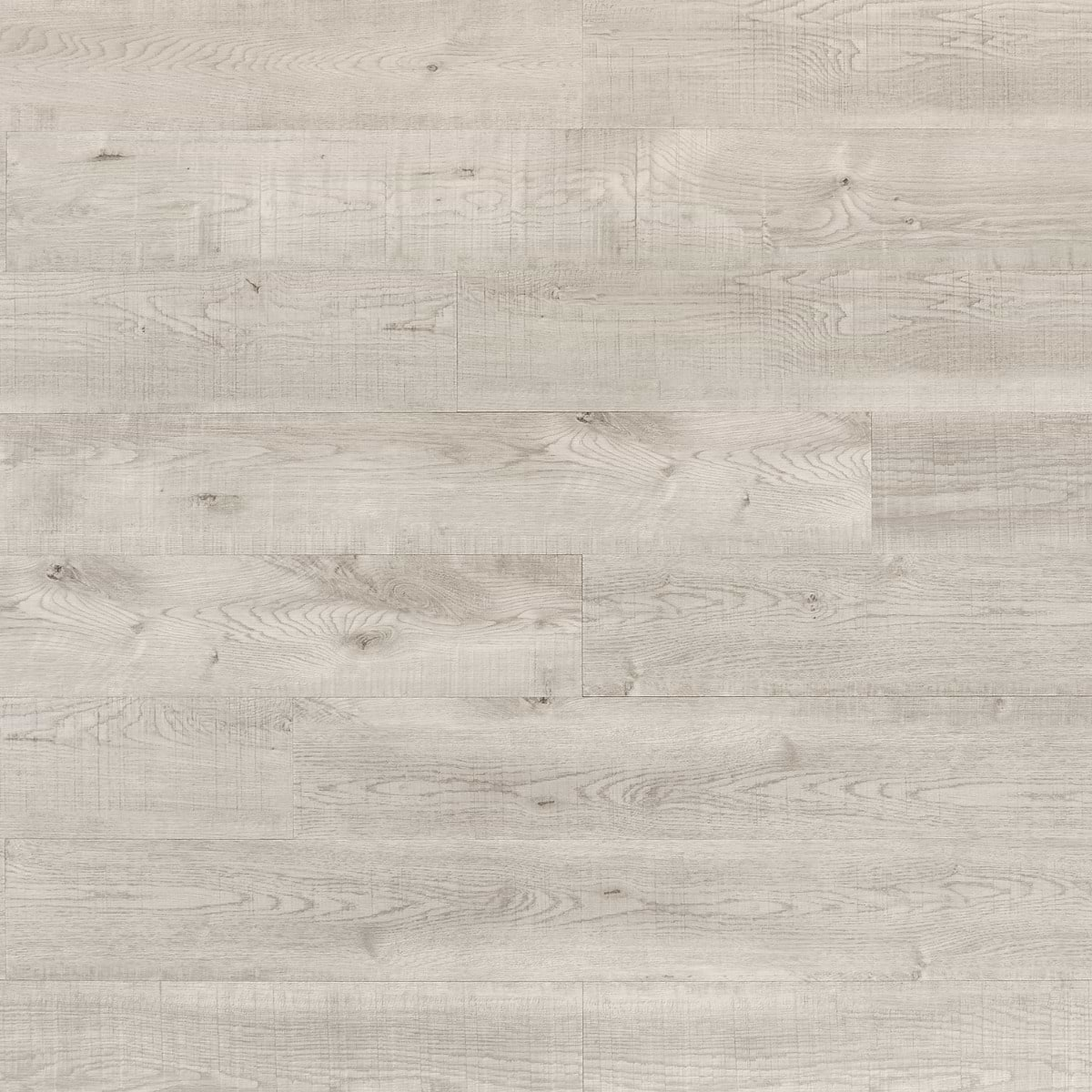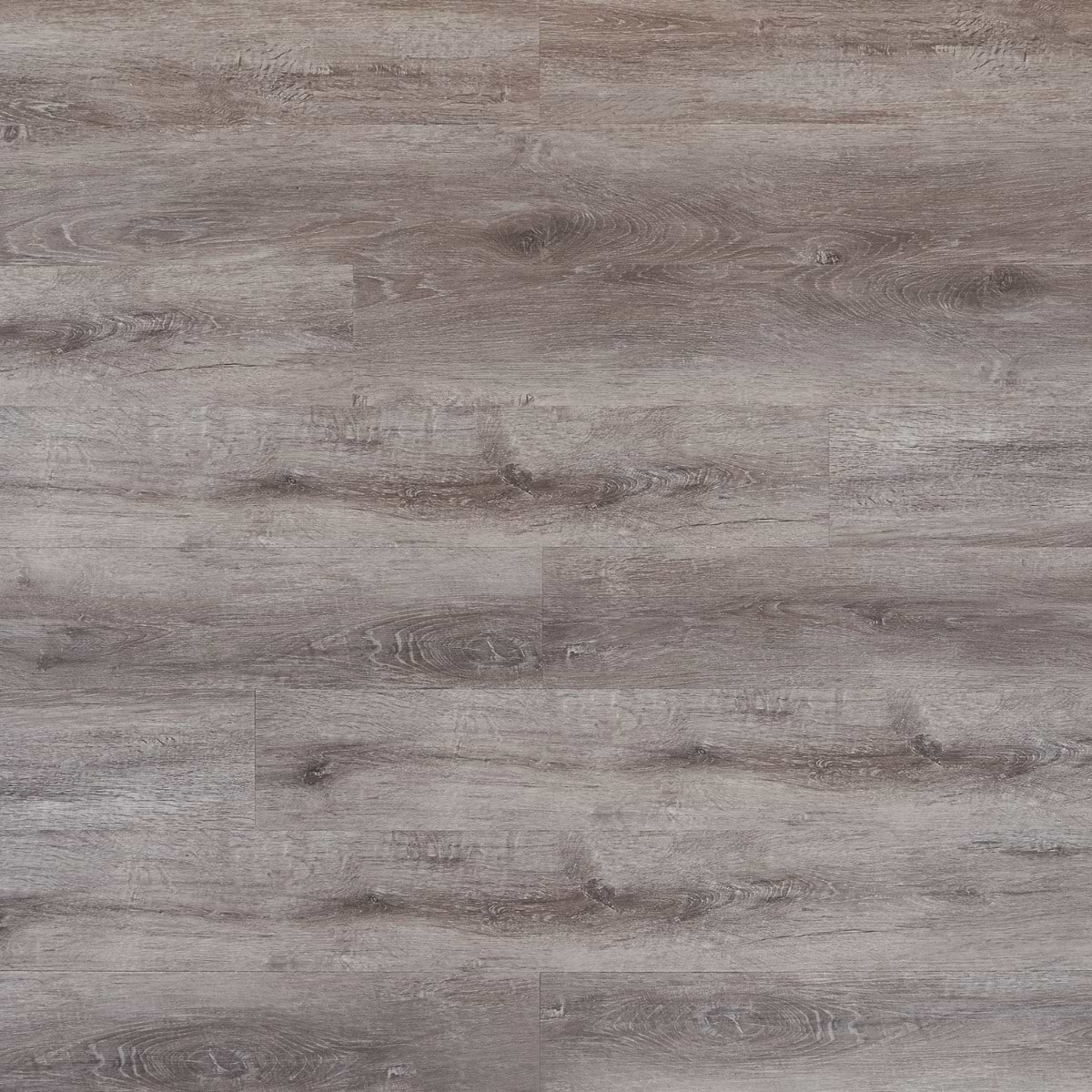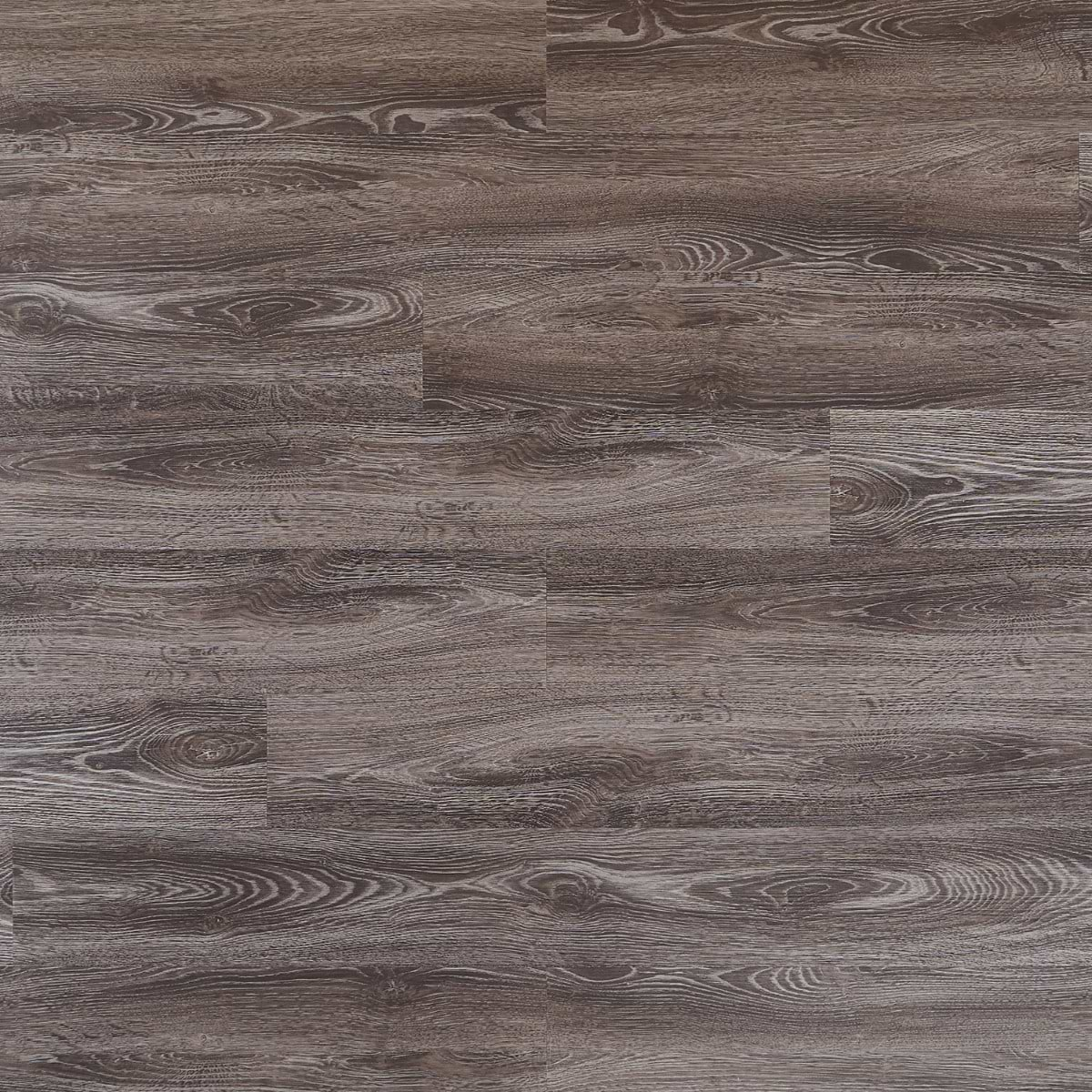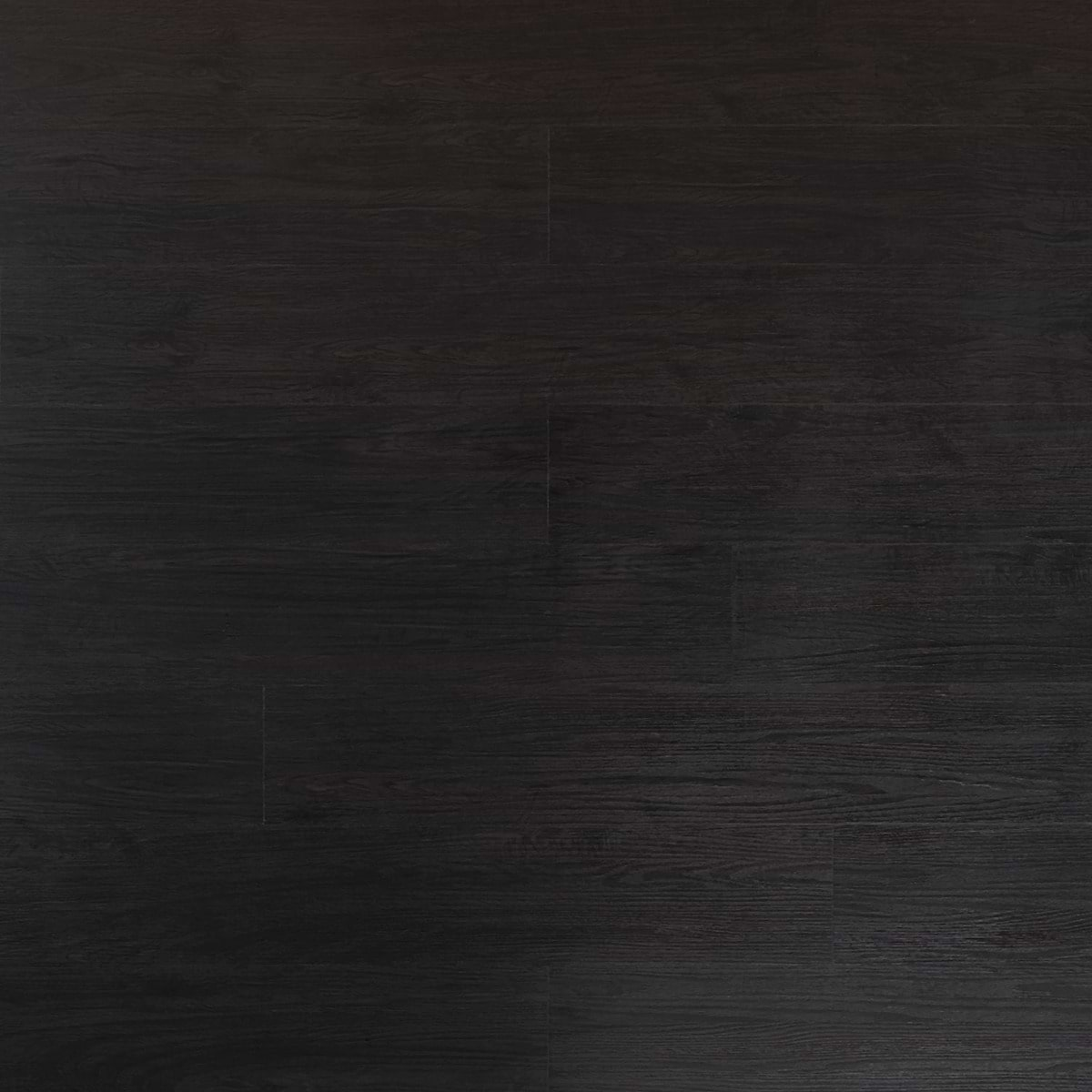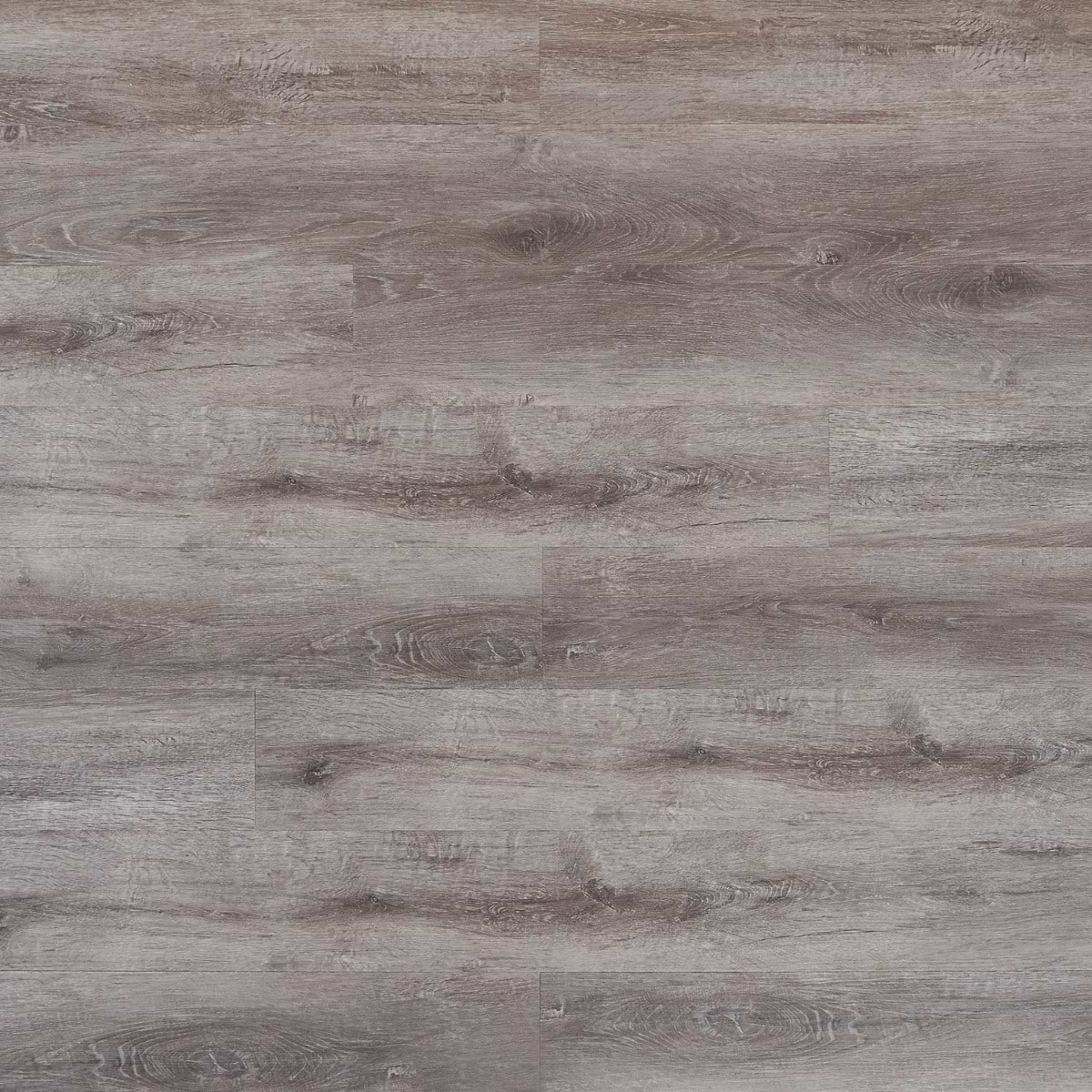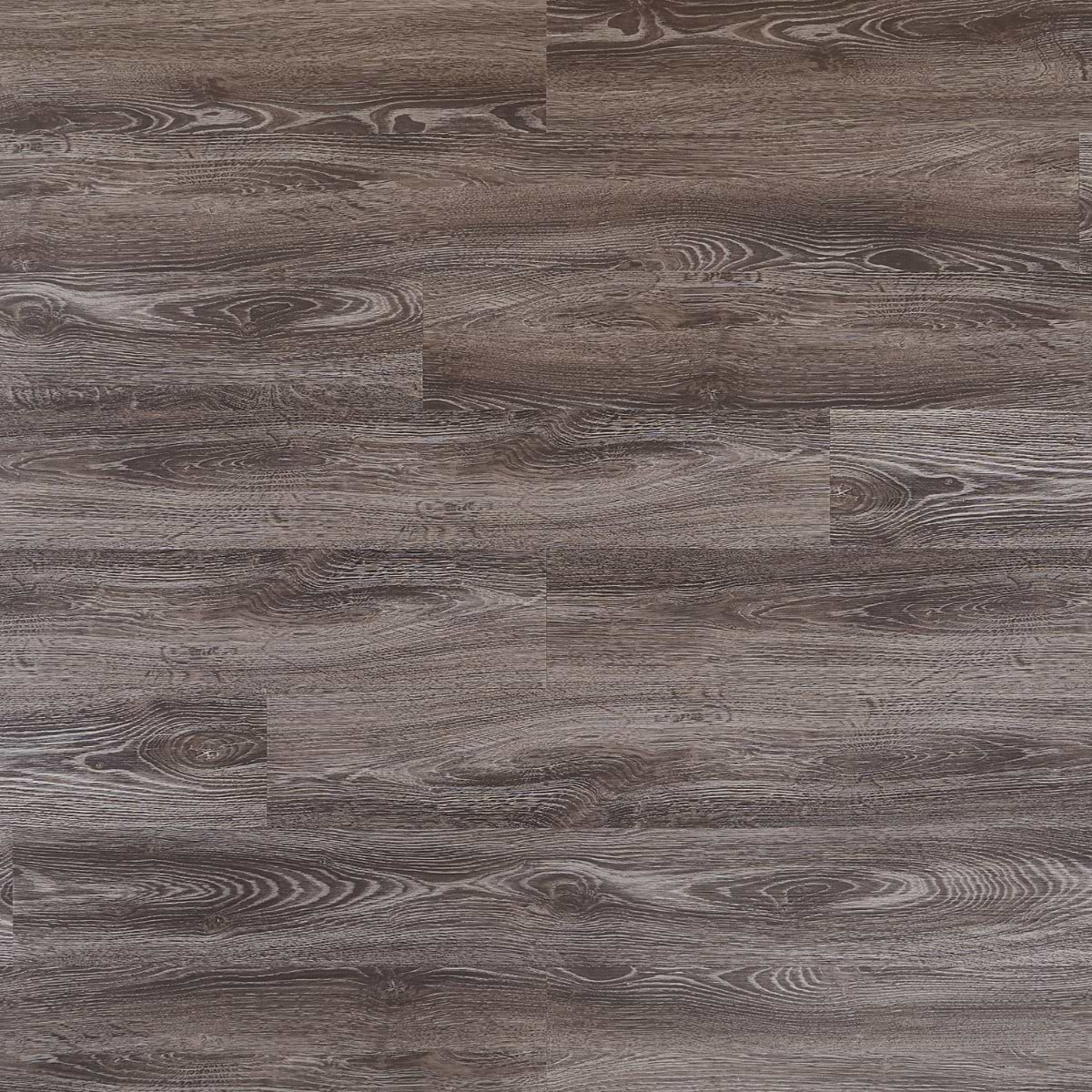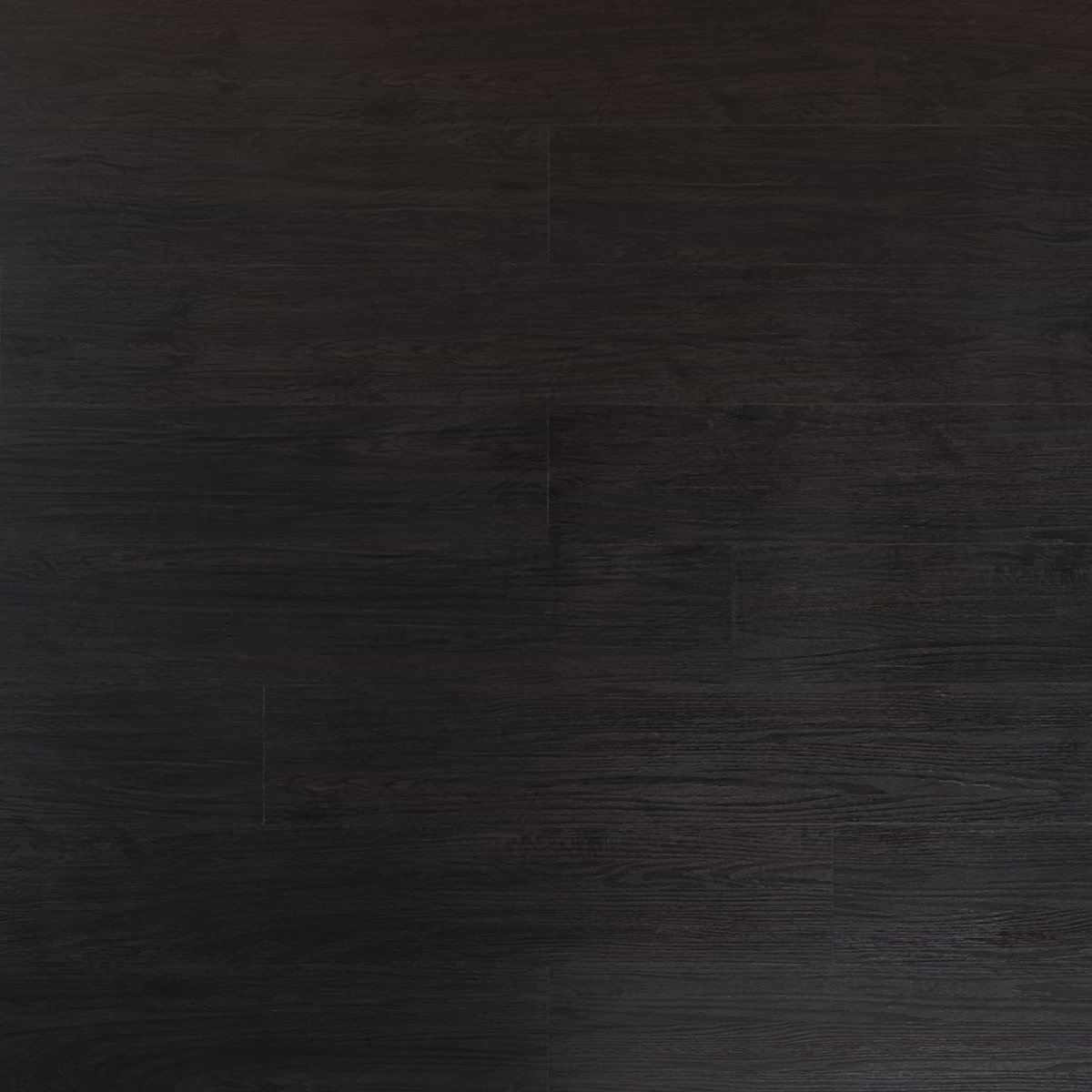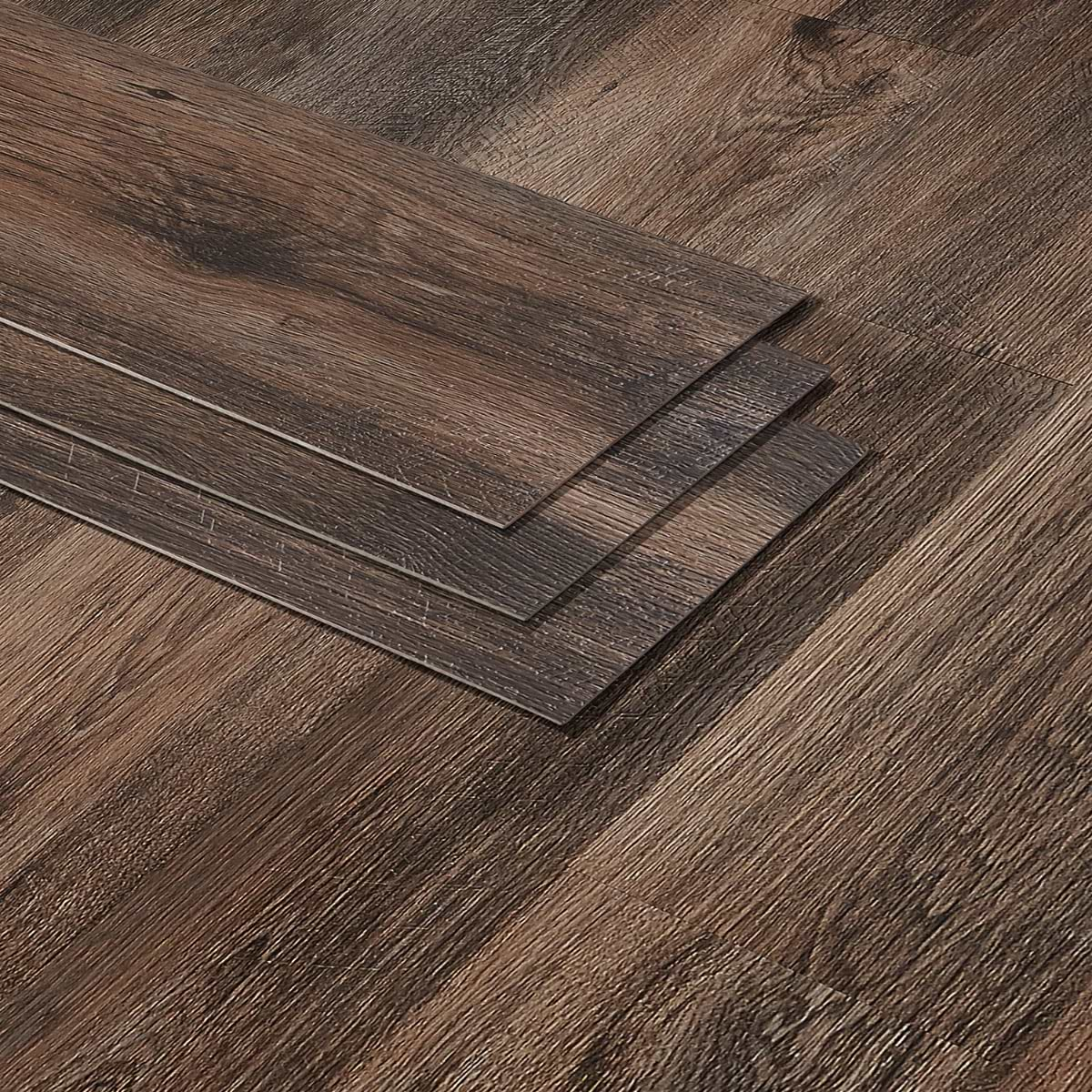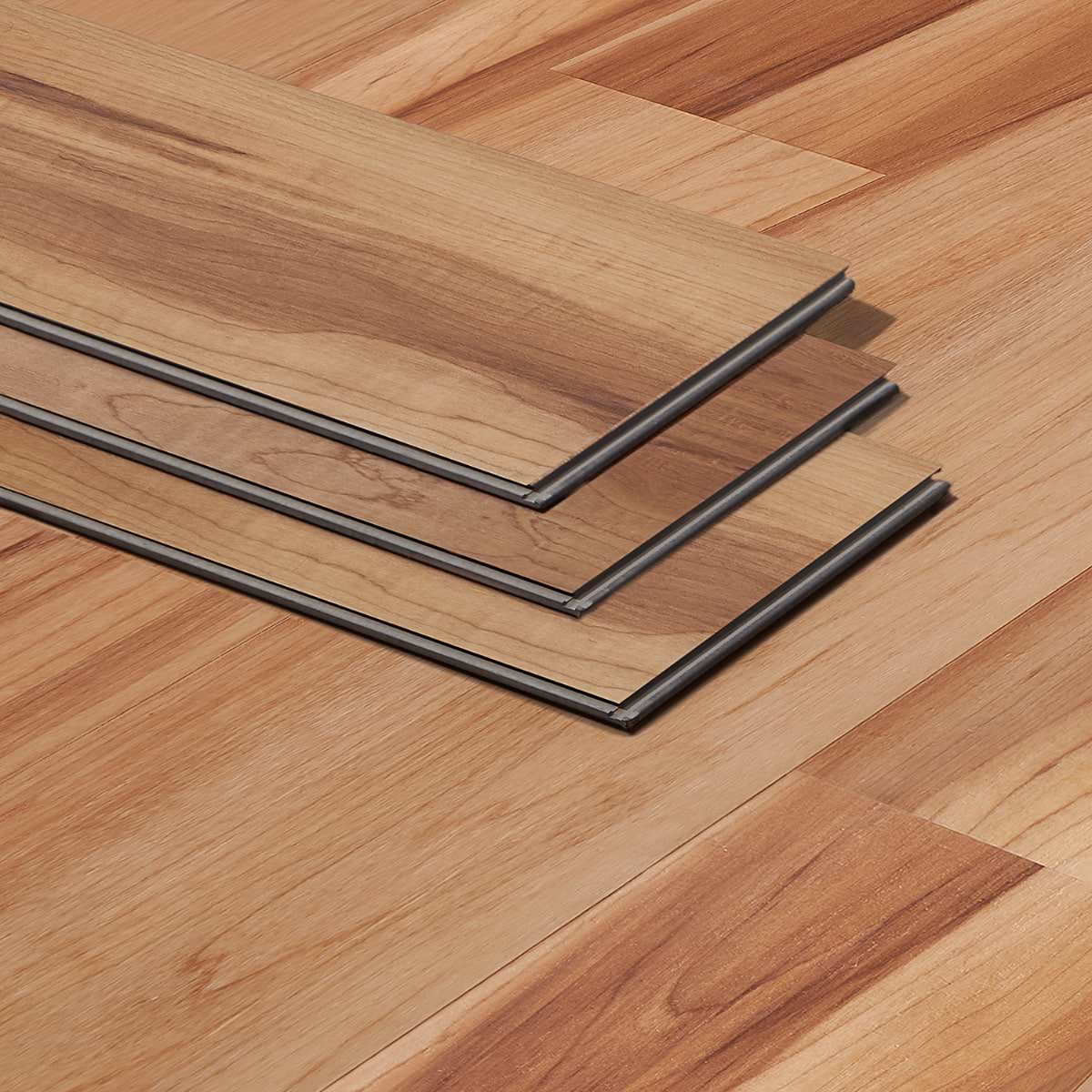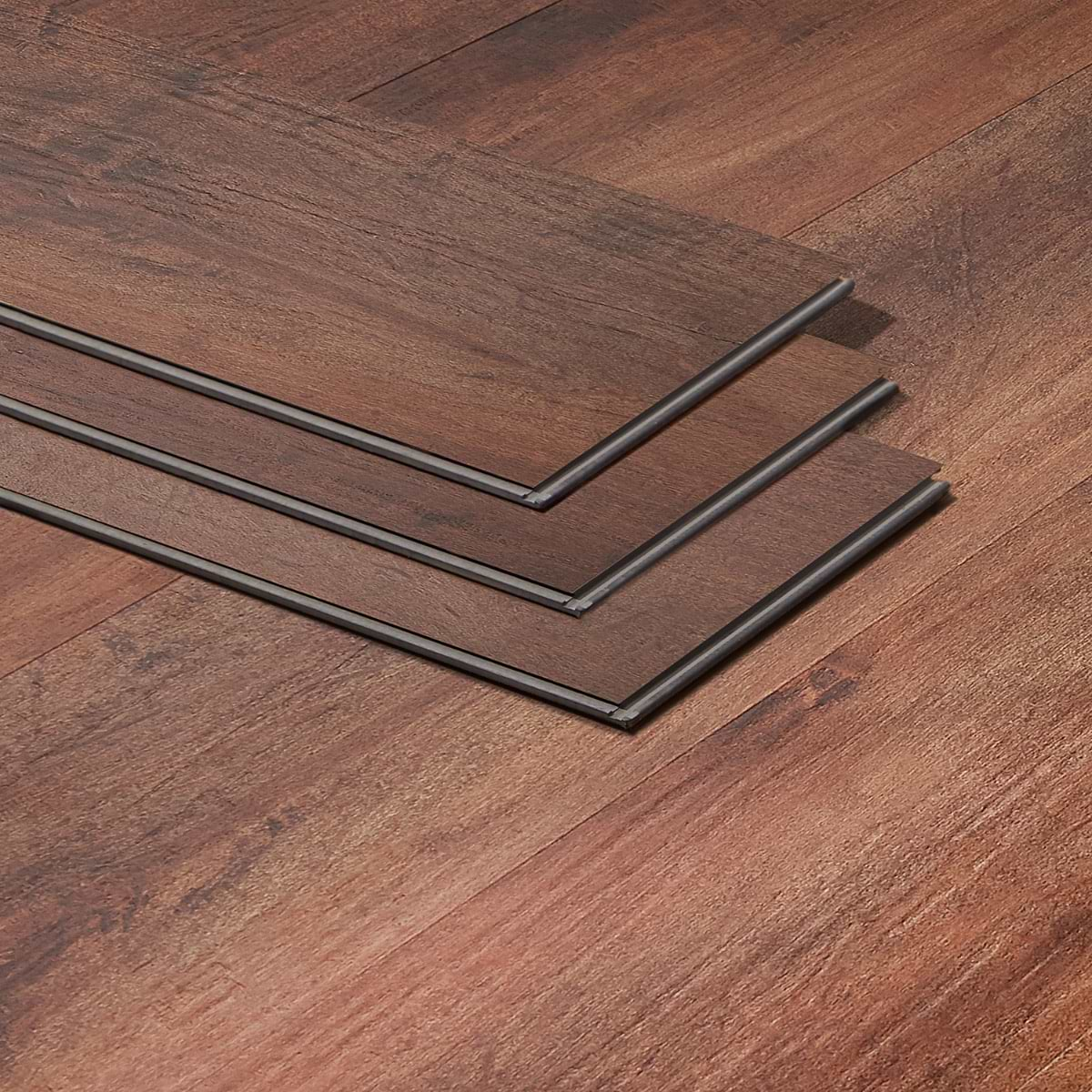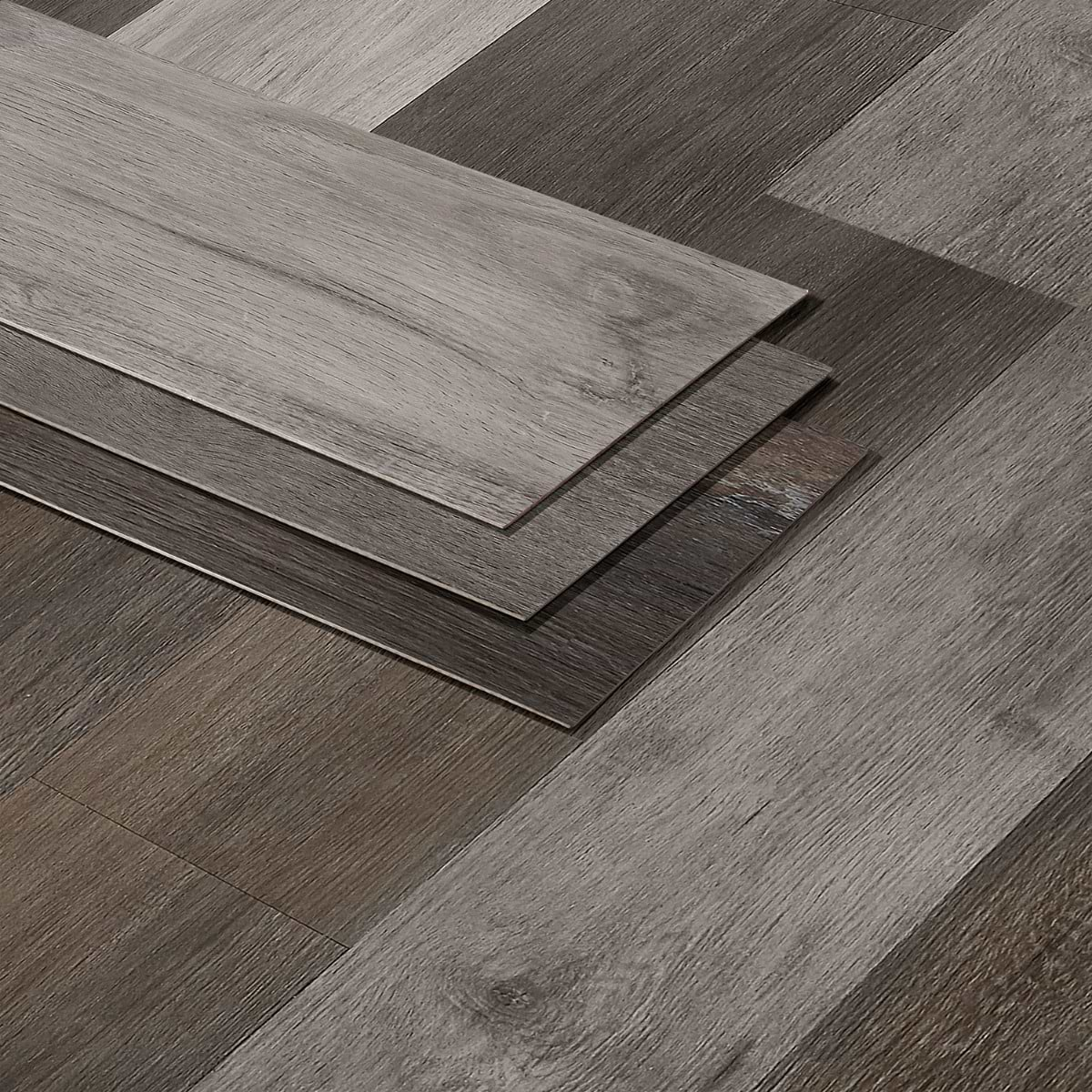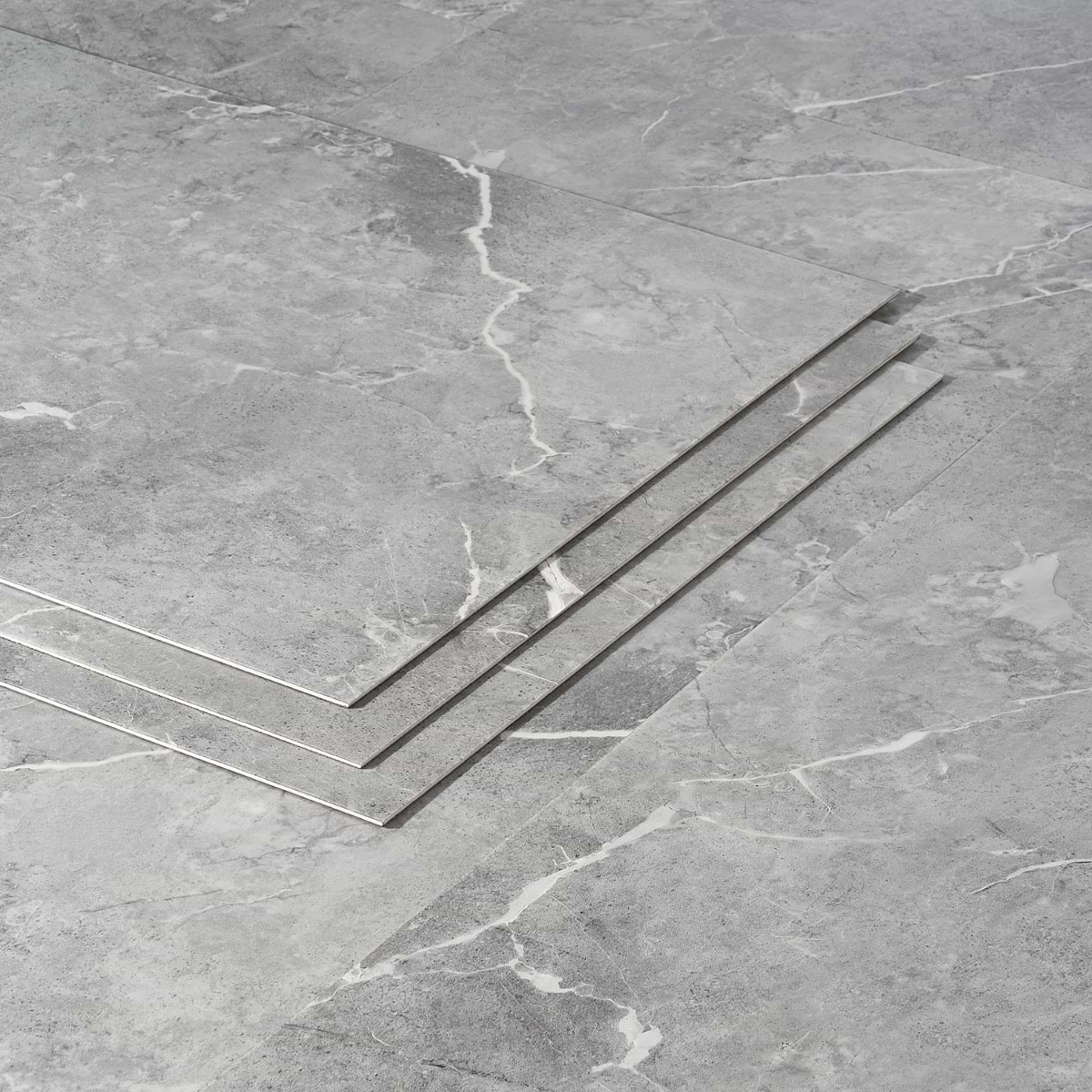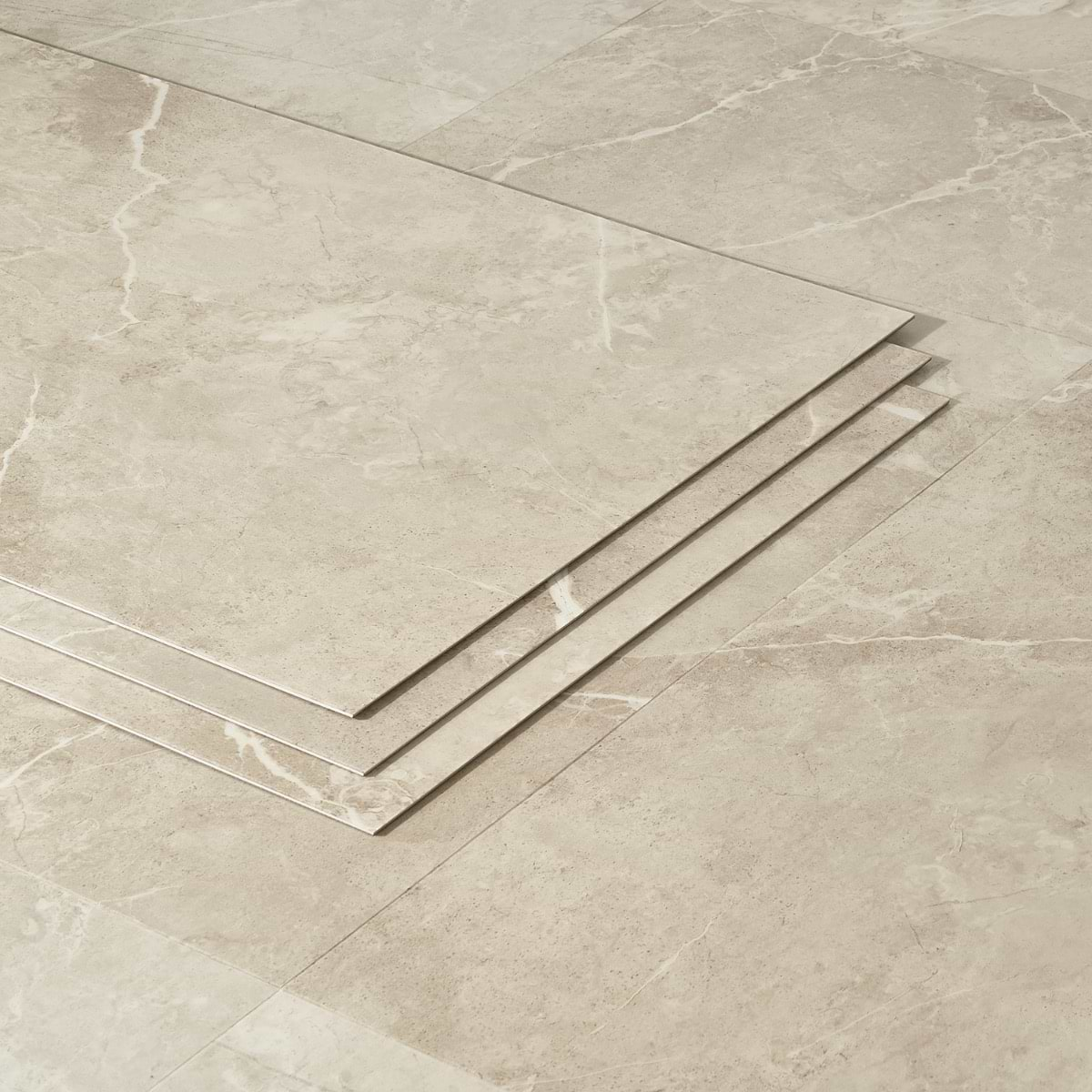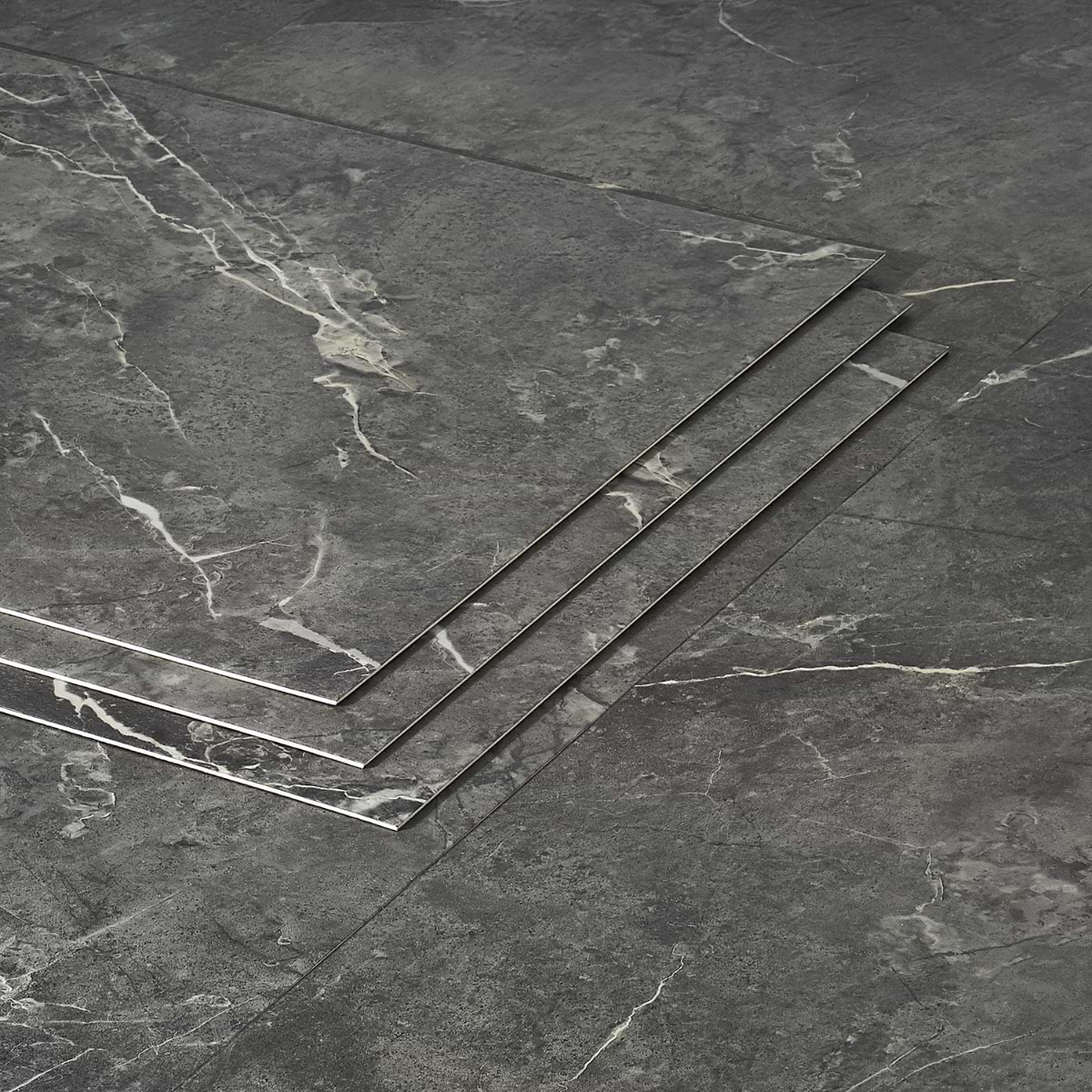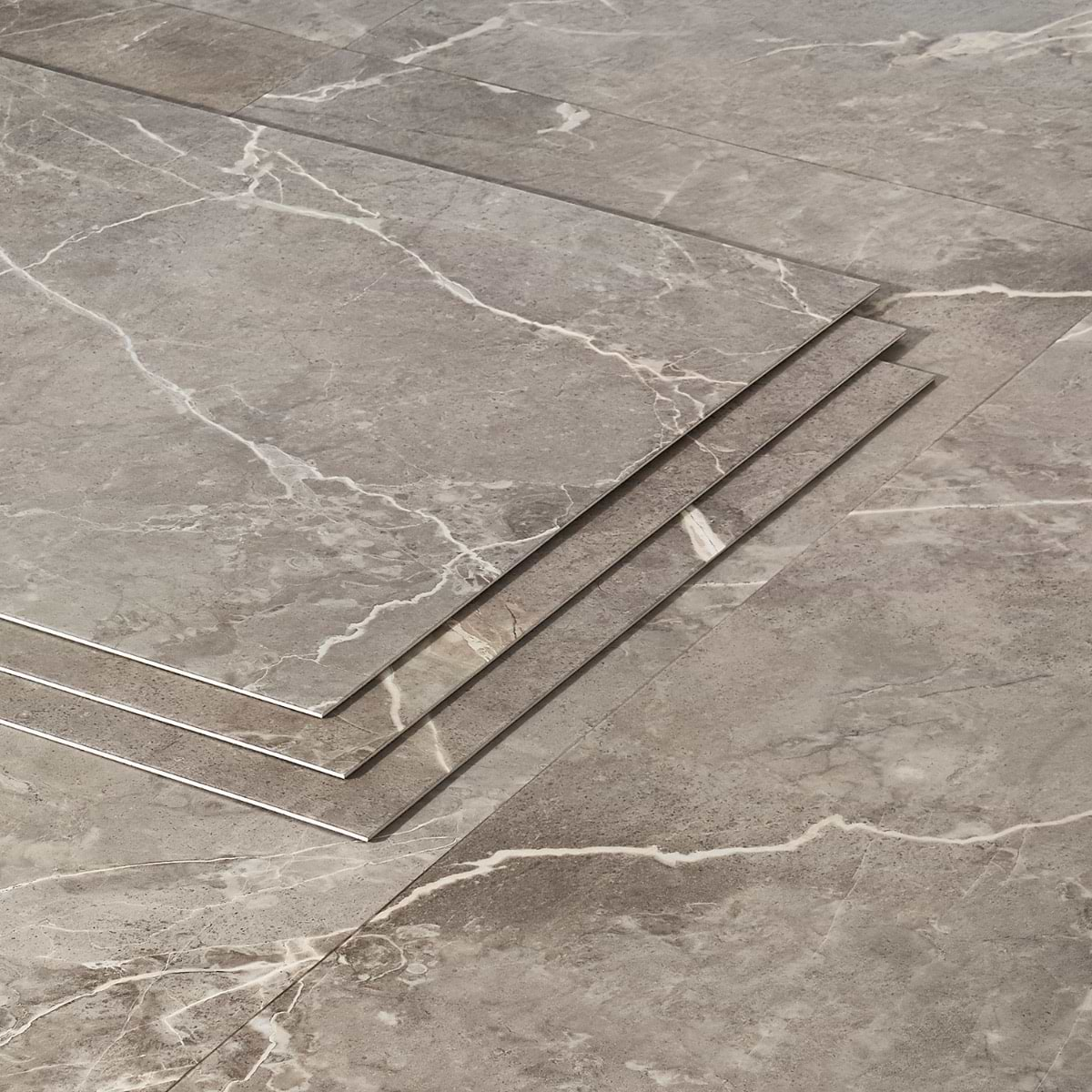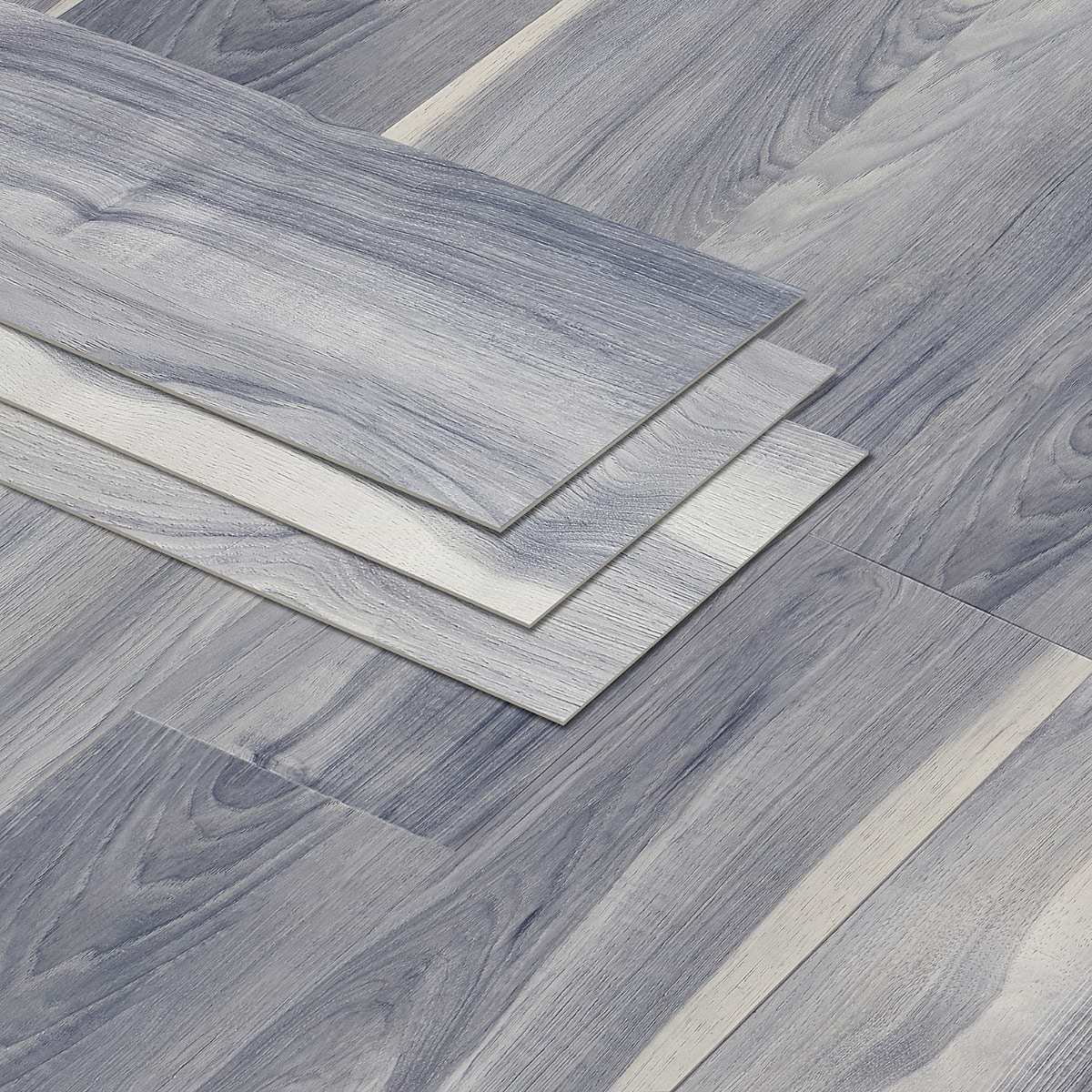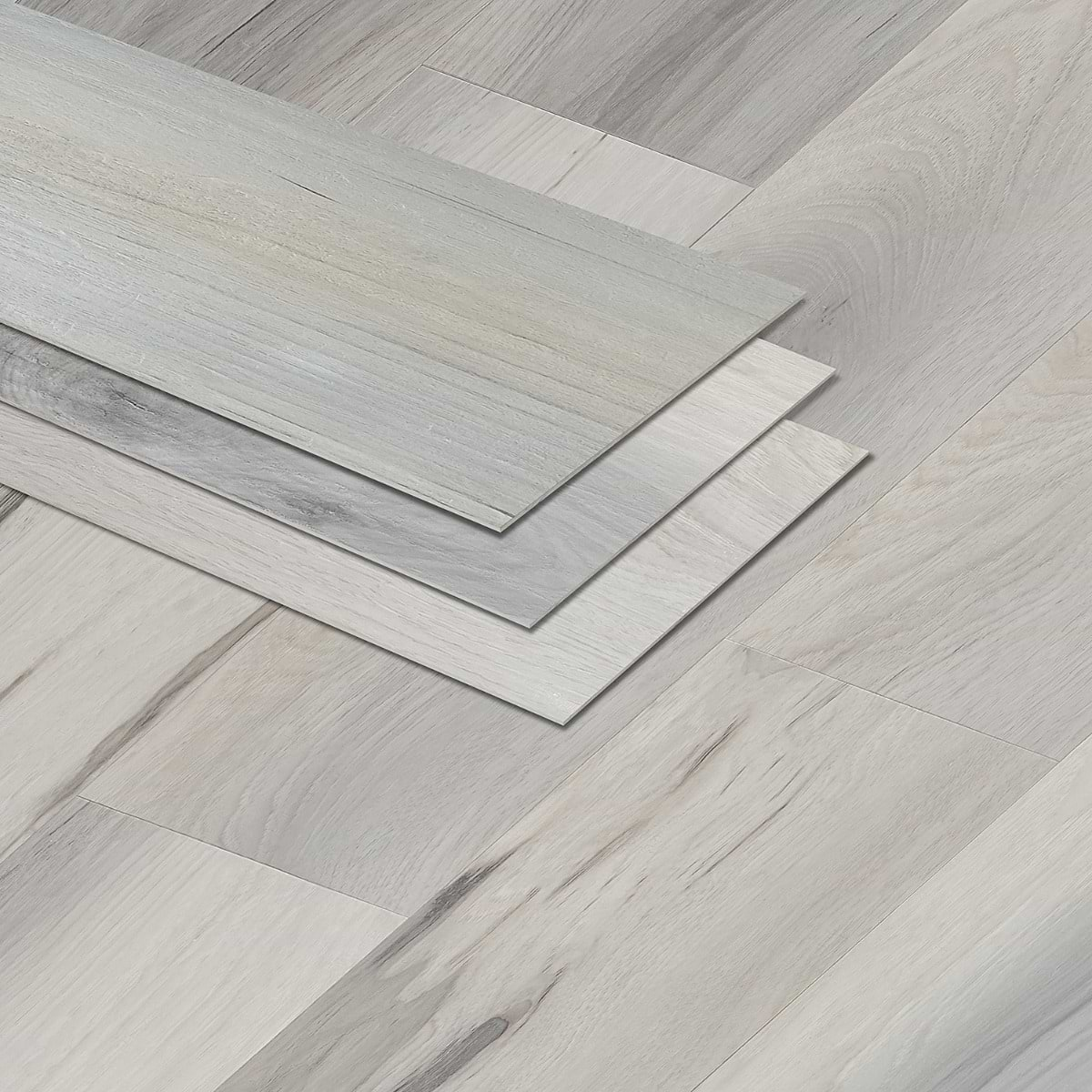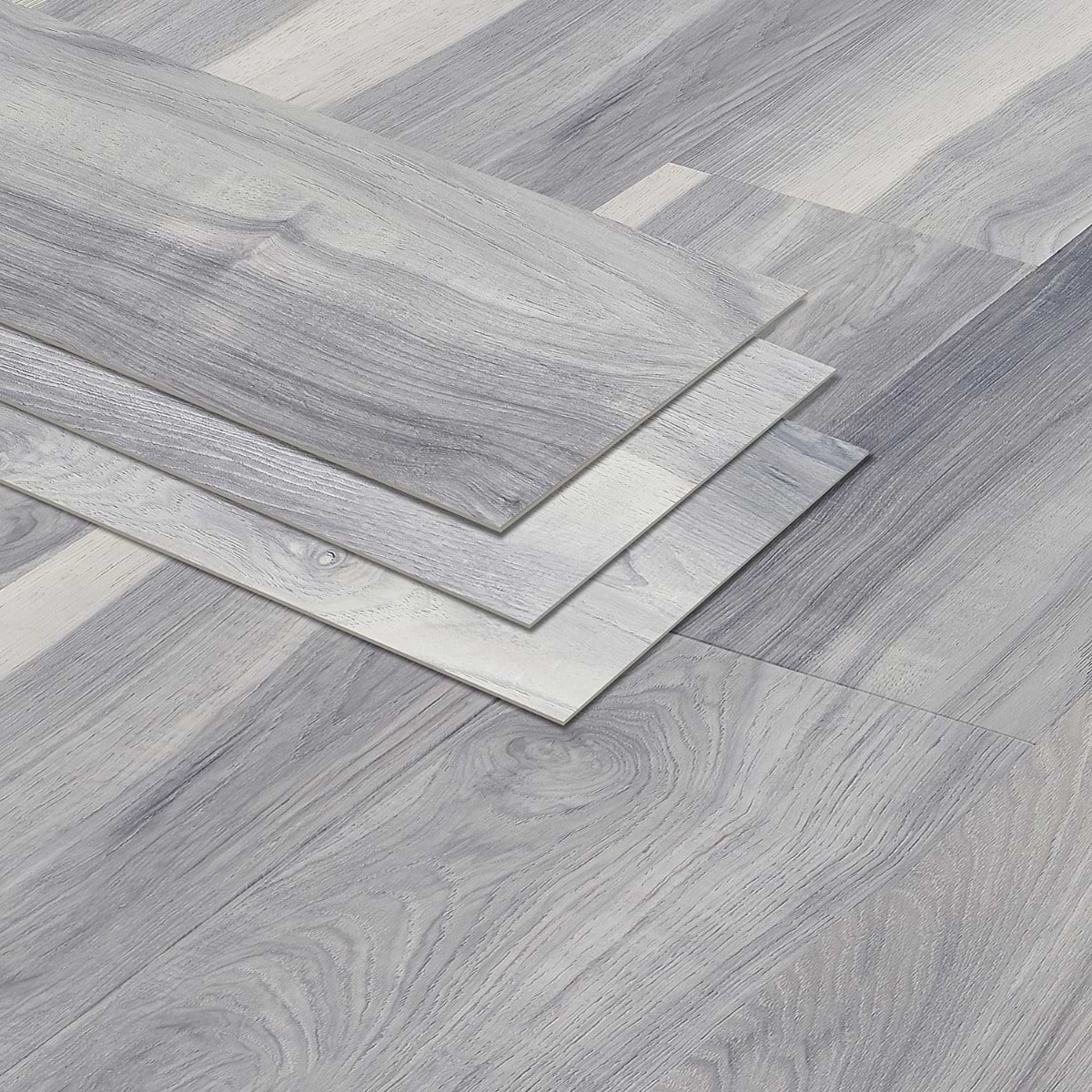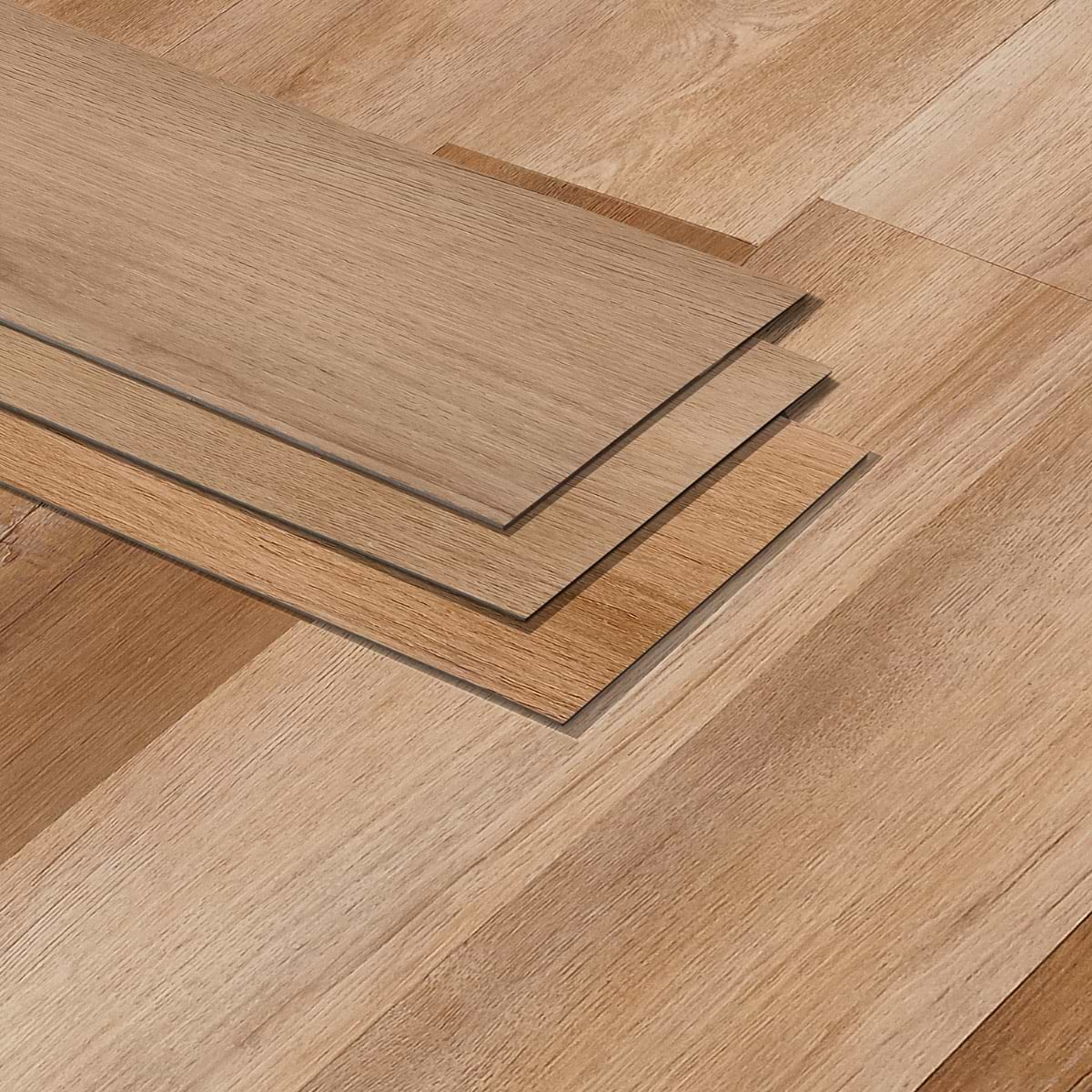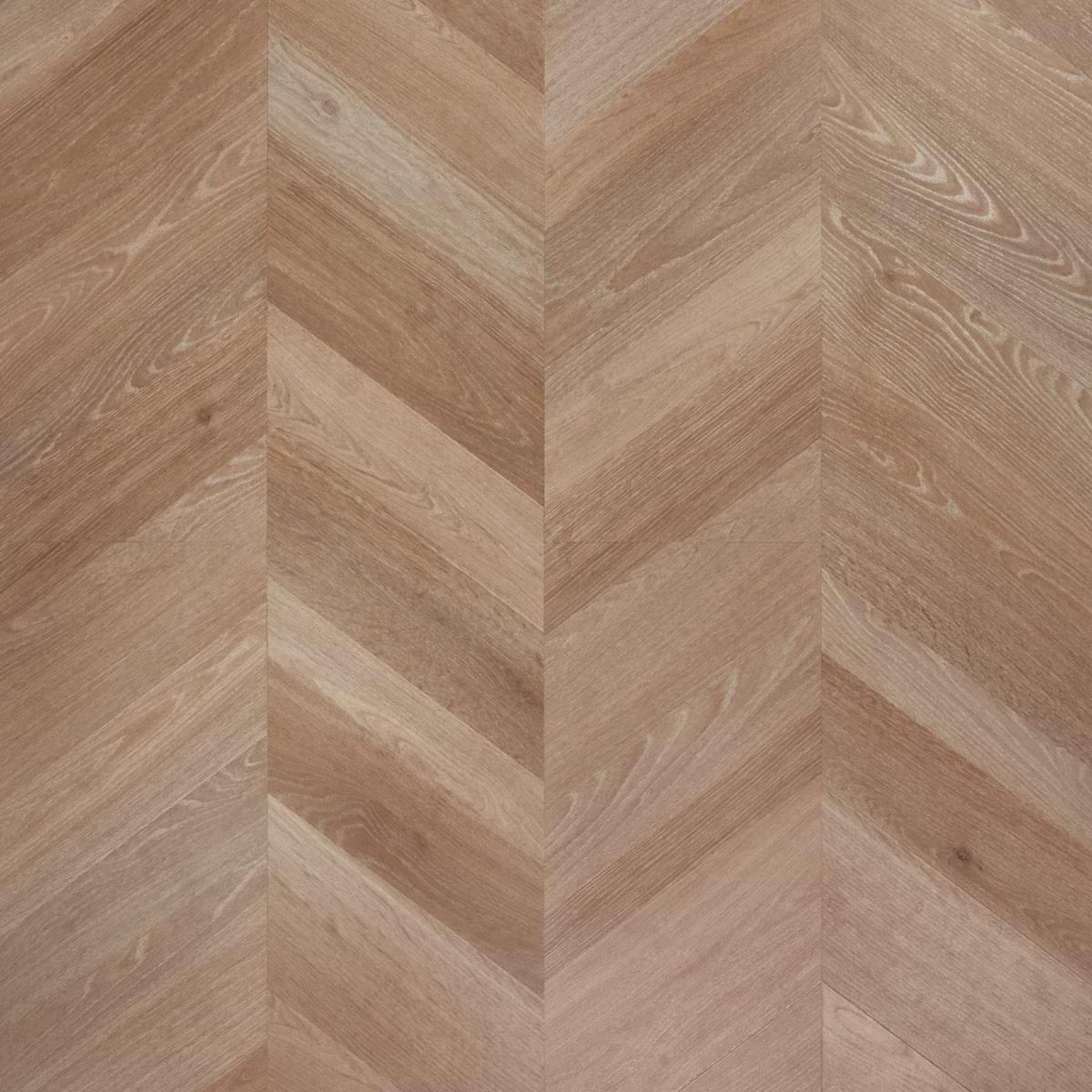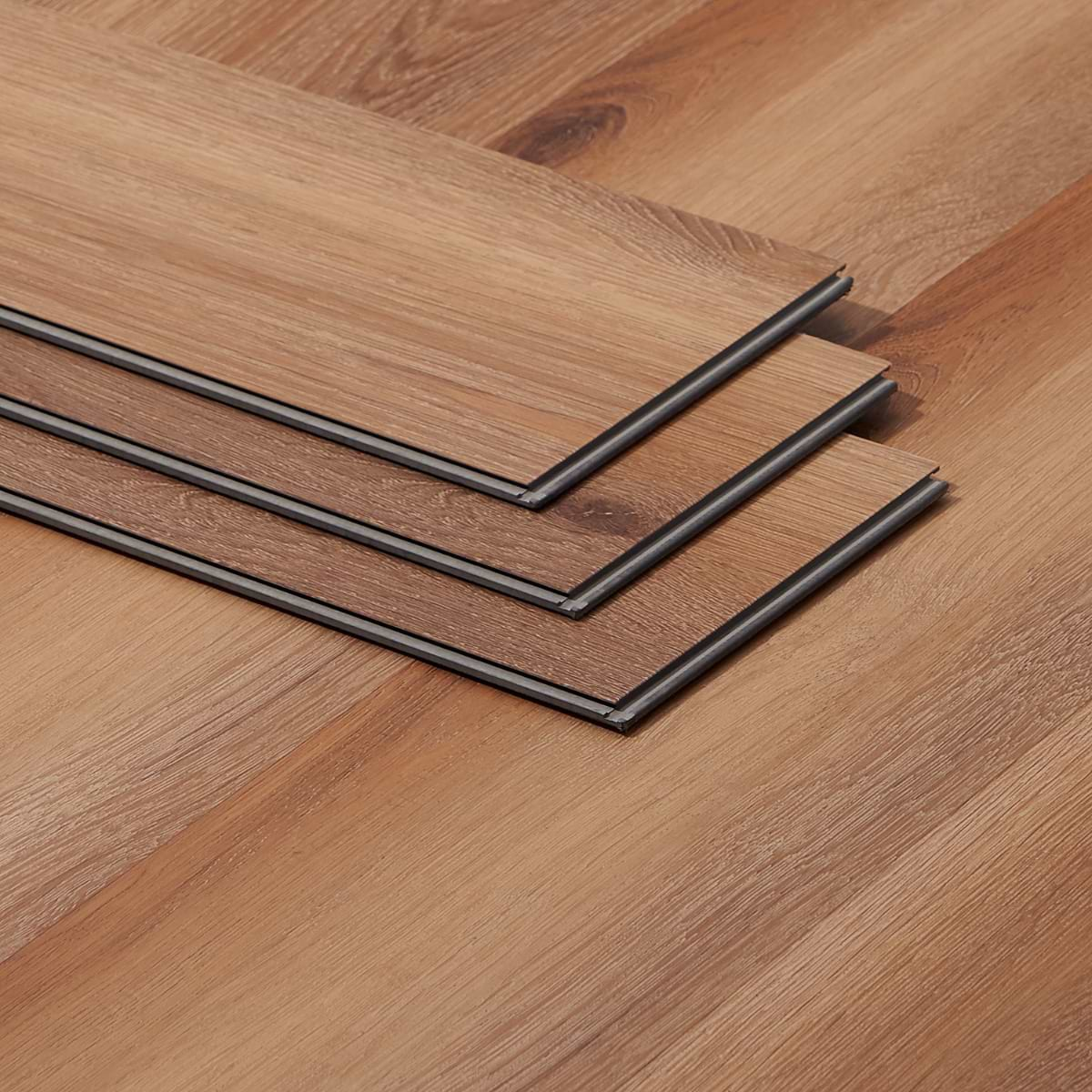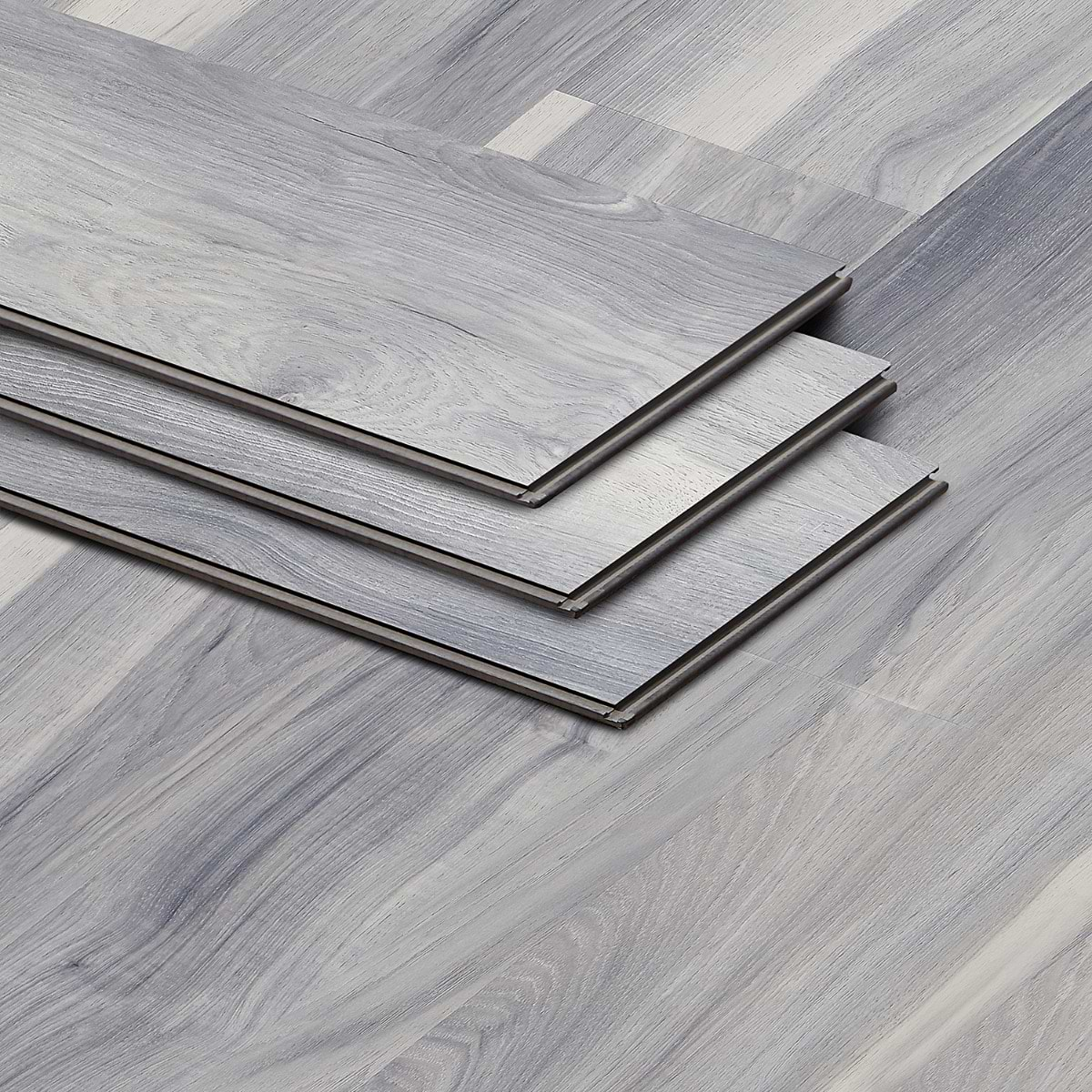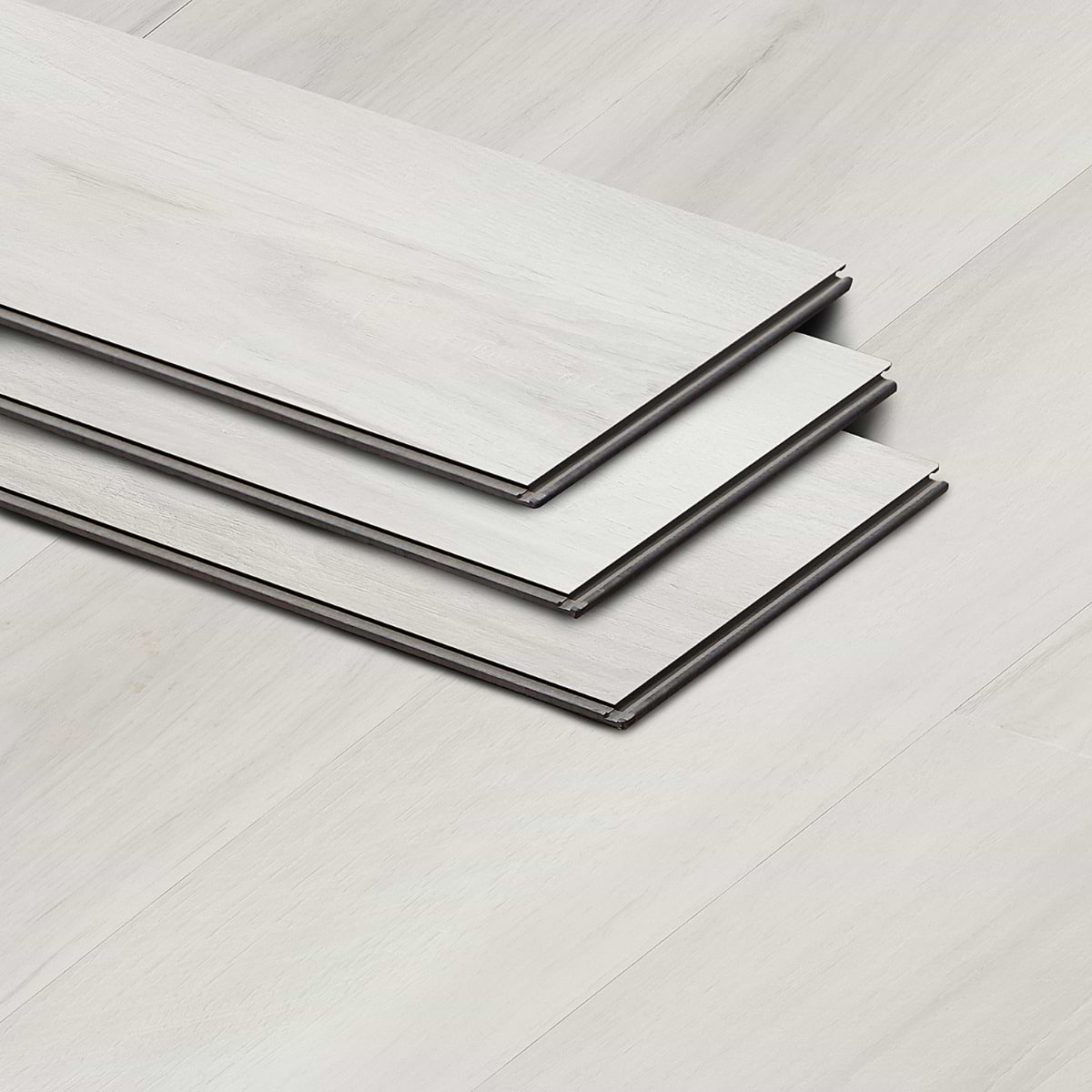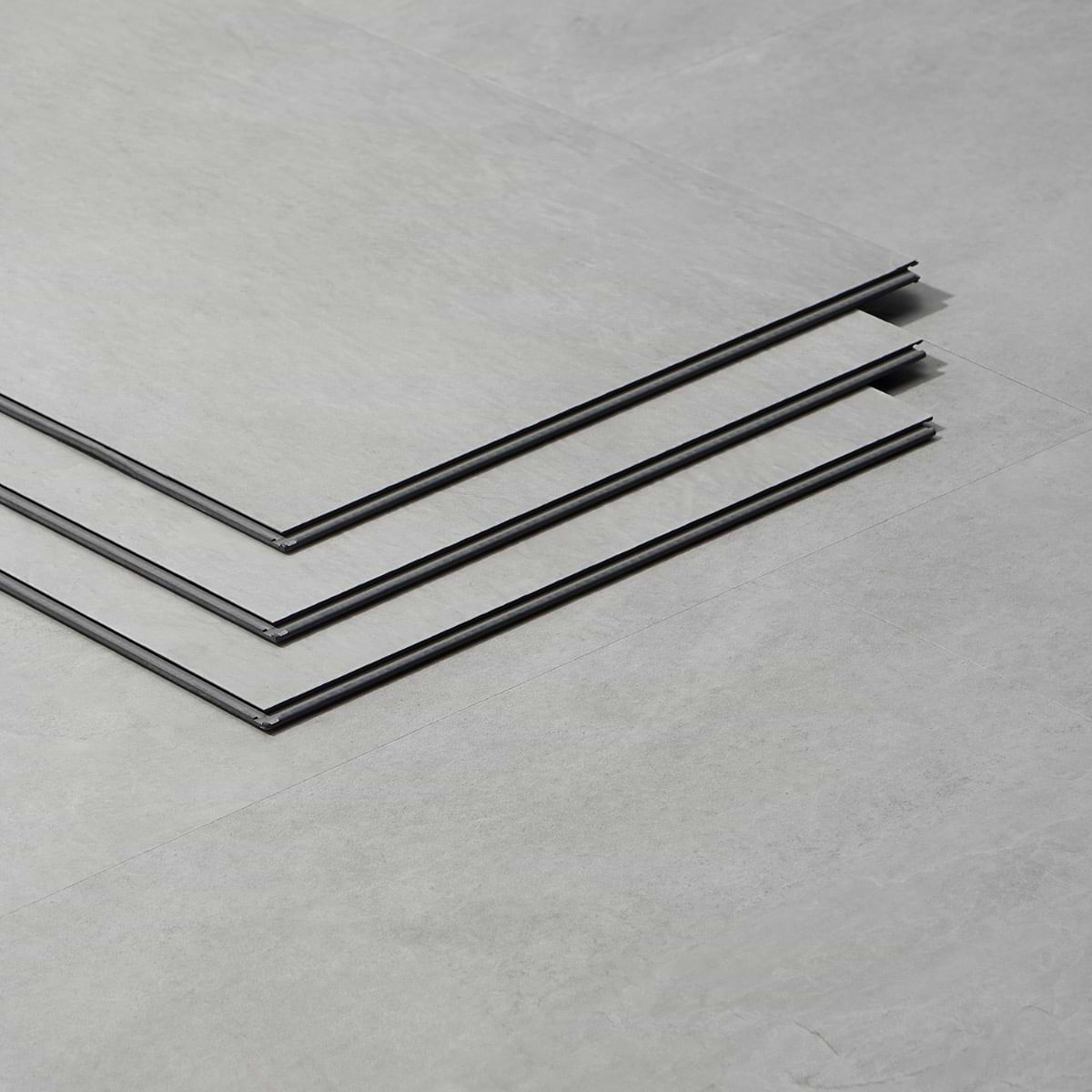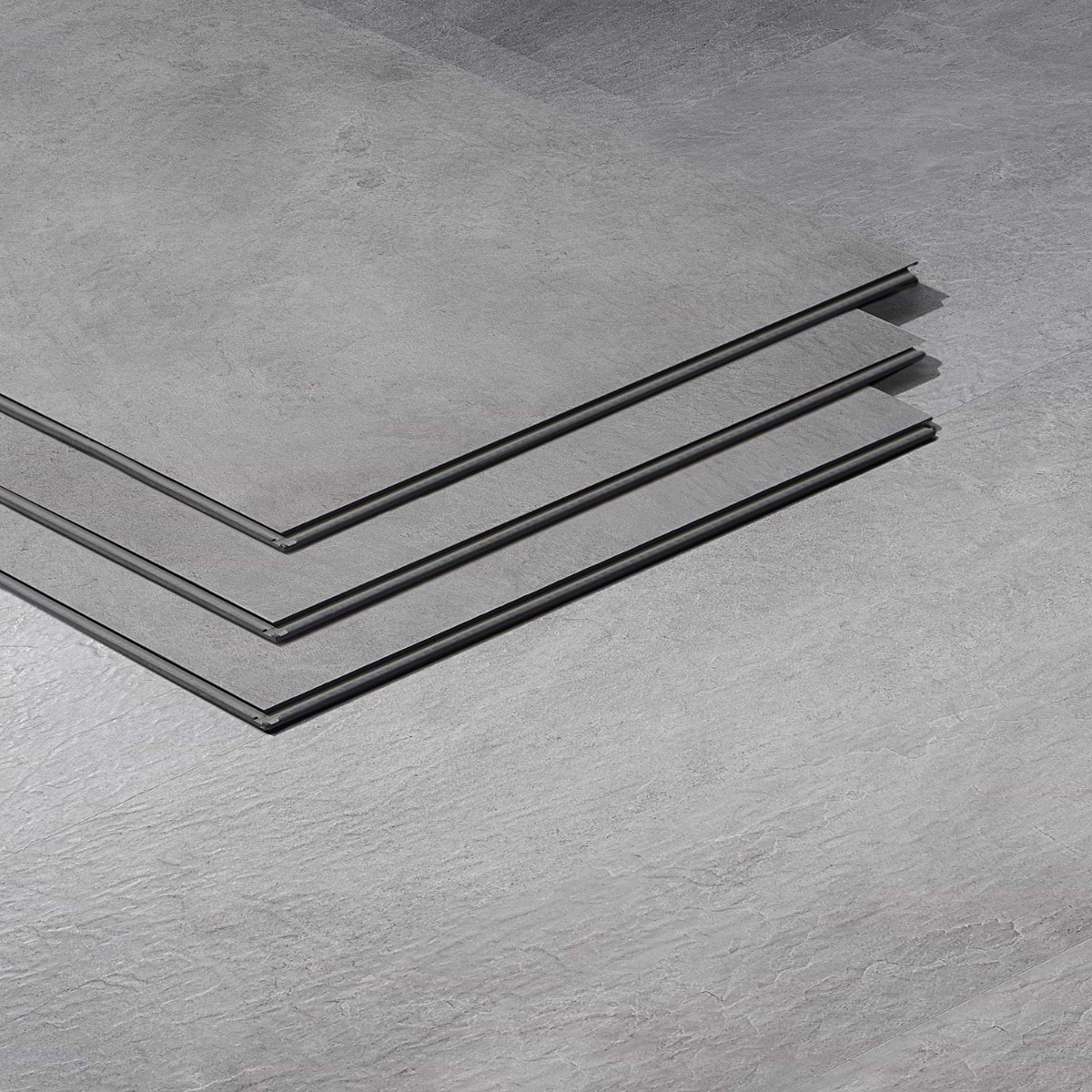FAQ
What is LVT flooring? 

LVT stands for "luxury vinyl tile." It is a type of vinyl flooring that is designed to look like wood, stone, or ceramic tile. LVT is made from polyvinyl chloride (PVC) and contains plasticizers to make it flexible and durable. The top layer is usually decorated with a photographic image to mimic other types of flooring. LVT comes in both tiles and planks that click or lock together to form a floating floor, which makes installation easier as it doesn't require glues or nailing to a subfloor.
As a waterproof flooring option, LVT is good for places like kitchens, bathrooms, basements, and laundry rooms, since the seams are sealed tightly together. LVT flooring is also scratch and stain-resistant due to a tough clear wear layer on top, allowing it to handle heavy foot traffic well. Other benefits of LVT flooring include sound-dampening qualities, comfort, and warmth underfoot, as well as a variety of decorative patterns to personalize a space.
What is the life expectancy of LVT flooring? 

LVT flooring, also known as luxury vinyl tile, boasts a life expectancy that's quite impressive, typically ranging from 10 to 25 years, and in some cases, even up to 30 years. This makes it a great choice for homeowners seeking durable and long-lasting floors.
However, the exact lifespan of your LVT flooring will depend on various factors, including:
- Quality and type of LVT: Higher-quality LVT with thicker wear layers will naturally last longer than cheaper options with thinner layers. Additionally, thicker click-lock LVT tends to be more durable than glue-down options.
- Maintenance: Proper cleaning and care, including avoiding harsh chemicals and excessive moisture, will significantly extend the lifespan of your LVT flooring.
- Exposure to sunlight and extreme temperatures: Direct sunlight and extreme temperatures can degrade LVT over time, so consider using window treatments and maintaining moderate temperatures in your home.
Is LVT flooring waterproof? 

Most LVT flooring is waterproof, but not all. It depends on the specific type of LVT and its construction. Many LVT products are designed to be highly resistant to water, making them suitable for areas prone to moisture, such as bathrooms, kitchens, and basements. However, it's important to note that "waterproof" and "water-resistant" are different concepts. Here's a breakdown:
- Waterproof LVT: This type of LVT flooring is made with a closed-cell core that is impervious to moisture. It can withstand spills, splashes, and even standing water for short periods. Waterproof LVT is ideal for kitchens, bathrooms, and laundry rooms.
- Water-resistant LVT: This type of LVT flooring is not as waterproof as the fully waterproof variety, but it can still handle some moisture. It can withstand spills and splashes, but it is not recommended for areas where there will be standing water. Water-resistant LVT is a good option for bedrooms, living rooms, and hallways.
Is it OK to put LVT in a bathroom? 

Yes, LVT is generally an excellent choice for bathrooms, with many qualities making it well-suited for the wet and humid environment:
- Waterproof: As mentioned, most LVT flooring, particularly those with closed-cell core materials like SPC or WPC, are waterproof. This means they can handle spills, splashes, and even occasional standing water without warping or swelling.
- Moisture-resistant: Even water-resistant LVT, which isn't fully waterproof, can still handle typical bathroom humidity without problems. This makes them a more forgiving option than materials like wood or natural stone.
- Durable and scratch-resistant: LVT's tough wear layer protects it from scratches and scuffs caused by everyday bathroom activities like foot traffic, dropped toiletries, or cleaning.
- Easy to clean and maintain: LVT requires minimal maintenance. Regular sweeping and mopping with a damp cloth are sufficient to keep it clean. Unlike tile, it doesn't require grouting, which can harbor mold and mildew.
- Affordable: Compared to other waterproof flooring options like ceramic or porcelain tile, LVT is generally more affordable, making it a budget-friendly choice.

